The most dangerous creatures on the planet that you should know
13 Jul 2023Earth is home to a large number of creatures. Some of them give us a sweet smile, others are ready to pounce at any second. Therefore, it is very important for you to know which of these species have the title of the most dangerous in the world.
Saw-Scaled Viper
The Saw-Scaled Viper is a snake that demands utmost caution and avoidance. It is responsible for more human fatalities each year than any other snake. Despite its modest size, typically ranging from 1 to 3 feet in length, the viper's venomous bite possesses lethal potential. The venom of this snake contains hemotoxins and cytotoxins, substances that can induce bleeding disorders and even trigger intracranial hemorrhages. Tragically, many regions where the Saw-Scaled Viper resides lack access to modern medical facilities, resulting in prolonged and agonizing deaths for those bitten by this snake.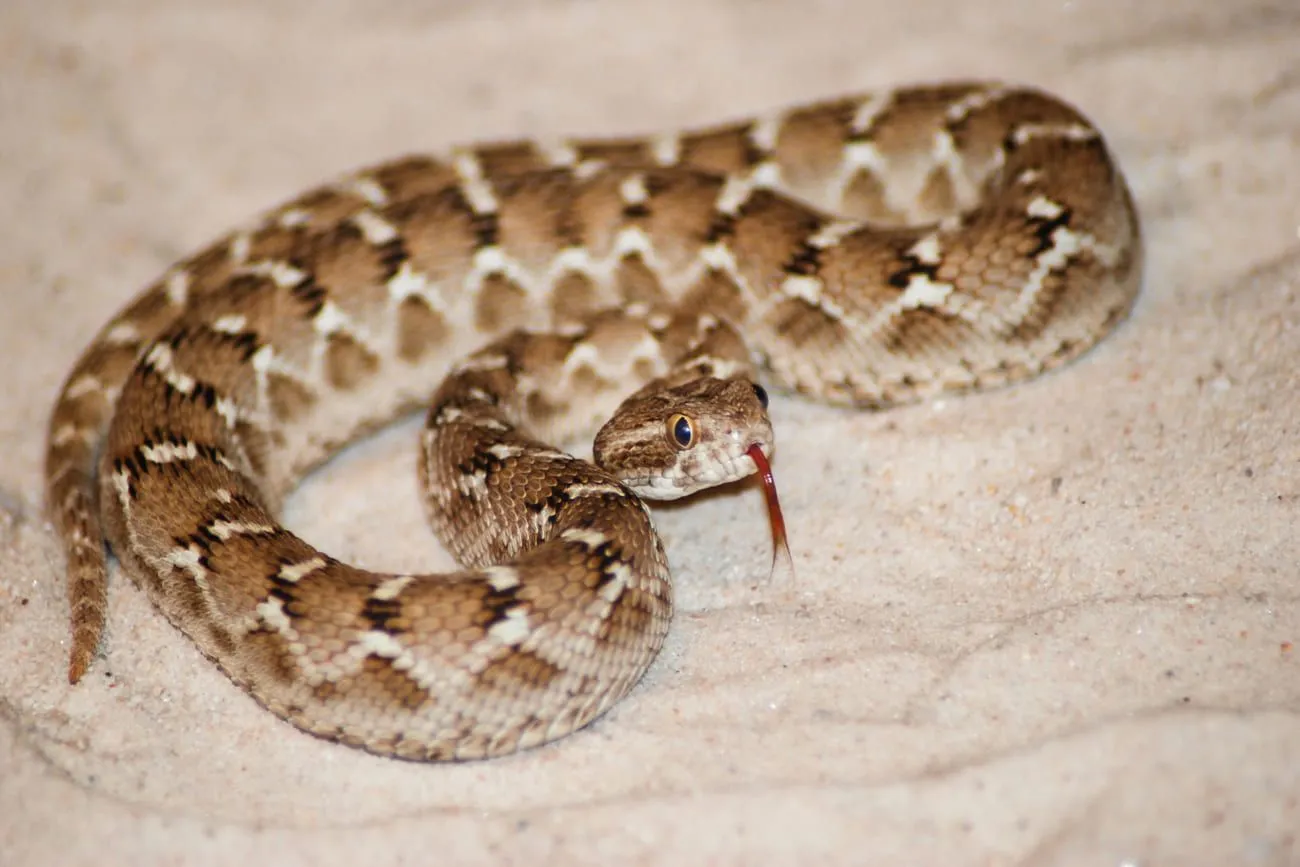
Golden Poison Dart Frog
Despite their small size, the Golden Poison Dart Frogs should not be underestimated. These diminutive frogs, approximately the size of a paperclip, pose a significant threat and can be found along Colombia's Pacific coast. While they may appear adorable, these amphibians carry an incredibly potent poison. In fact, the amount of poison within a single Golden Poison Dart Frog is sufficient to kill 10 grown men. A mere two micrograms of this deadly substance, equivalent to the volume that can fit on the head of a pin, is enough to end the life of an individual. Caution must be exercised as even a single touch from these frogs can prove fatal.
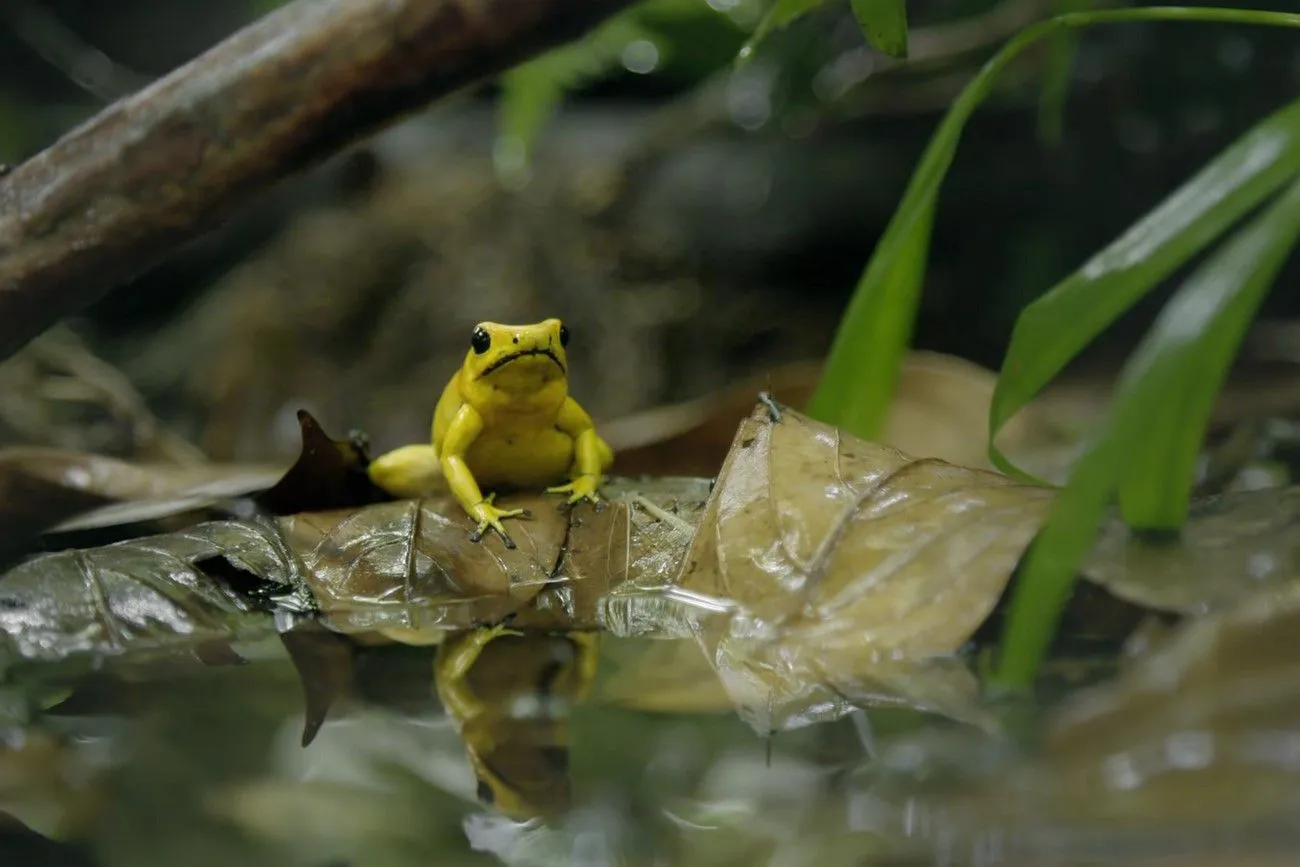 @This South American Frog is Deadly to the Touch/Smithsonian Channel/YouTube.com
@This South American Frog is Deadly to the Touch/Smithsonian Channel/YouTube.com
Portuguese Man O’ War
The Portuguese Man O' War primarily inhabits the Atlantic Ocean and resides on the water's surface, propelled by tidal waves. While often mistaken for a jellyfish, it is actually far more hazardous. If stung by this creature, the symptoms can range from fever to shock. To alleviate the effects, pouring salt water over the affected area can provide significant relief.
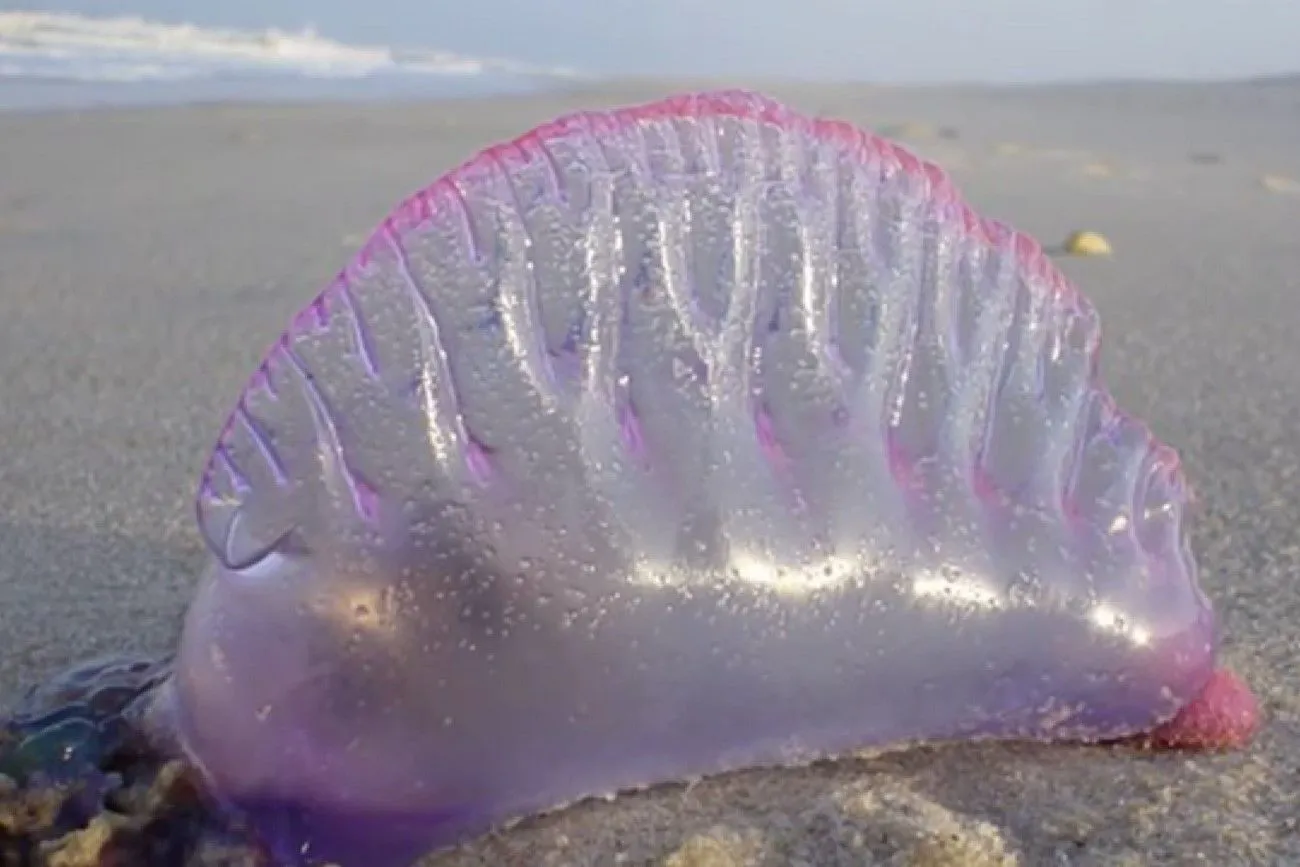 @Facts: The Portuguese Man of War/Deep Marine Scenes/YouTube.com
@Facts: The Portuguese Man of War/Deep Marine Scenes/YouTube.com
Tapeworm
The tapeworm, despite its diminutive size and unassuming appearance, is the guardian of the cysticerosis infection. This may result in nausea, vomiting, diarrhea, and appetite loss. The deadly parasite kills up to 700 people year, and humans are easily susceptible to it if they consume raw foods like pig, cattle, or fish. The most harmful aspect of tapeworms, also known as Cestoda, is that they can live inside a host for years without showing any signs.
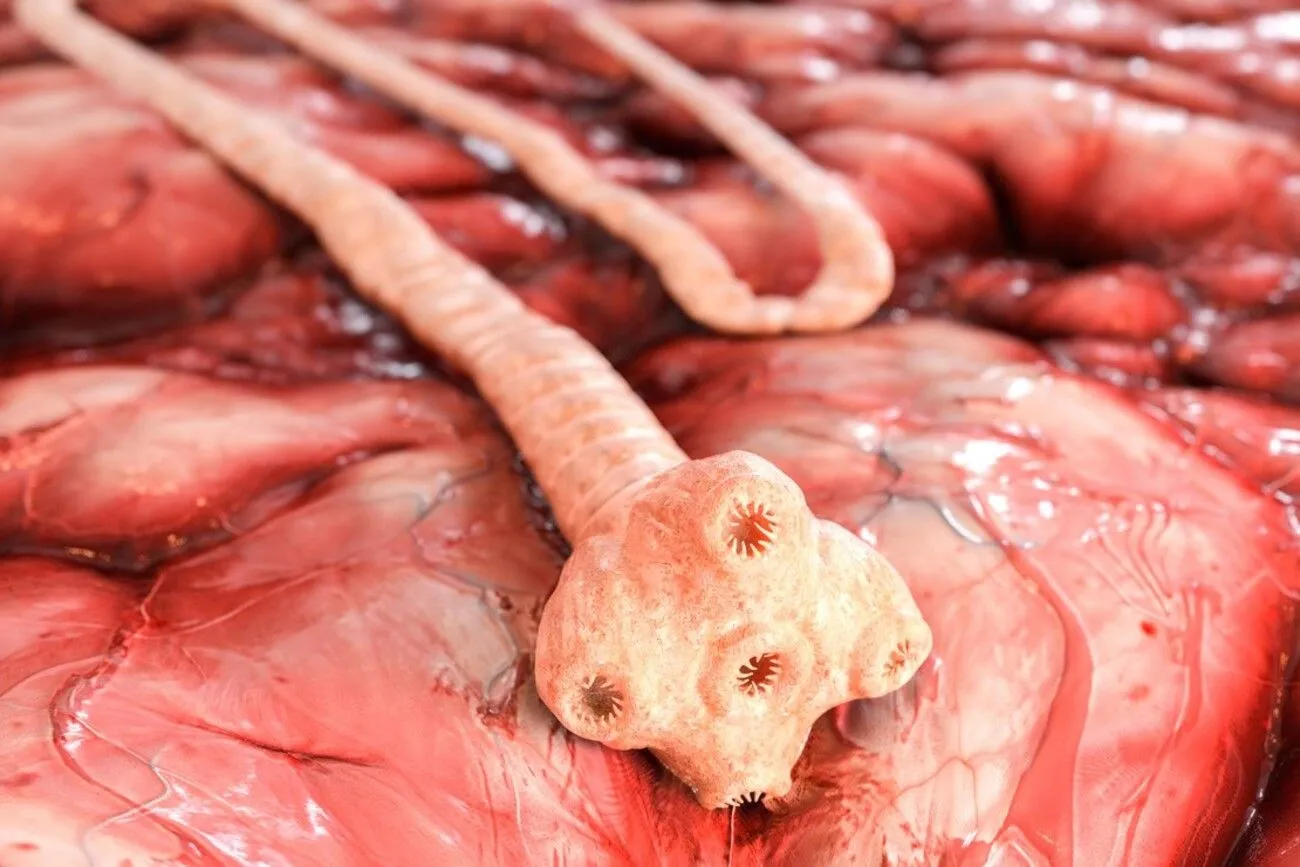
Great White Shark
The interaction between humans and Great White Sharks is intricate and multifaceted. Out of all the creatures in the world, humans have faced more attacks from this formidable predator. The immense marine mammal is distributed across almost every ocean on the planet. Great White Sharks have an impressive lifespan, with marine biologists estimating that they can live for over 70 years, making them one of the longest-lived fish species. However, there is growing concern about the potential extinction of Great White Sharks, as their population numbers have been dwindling since the 1970s.
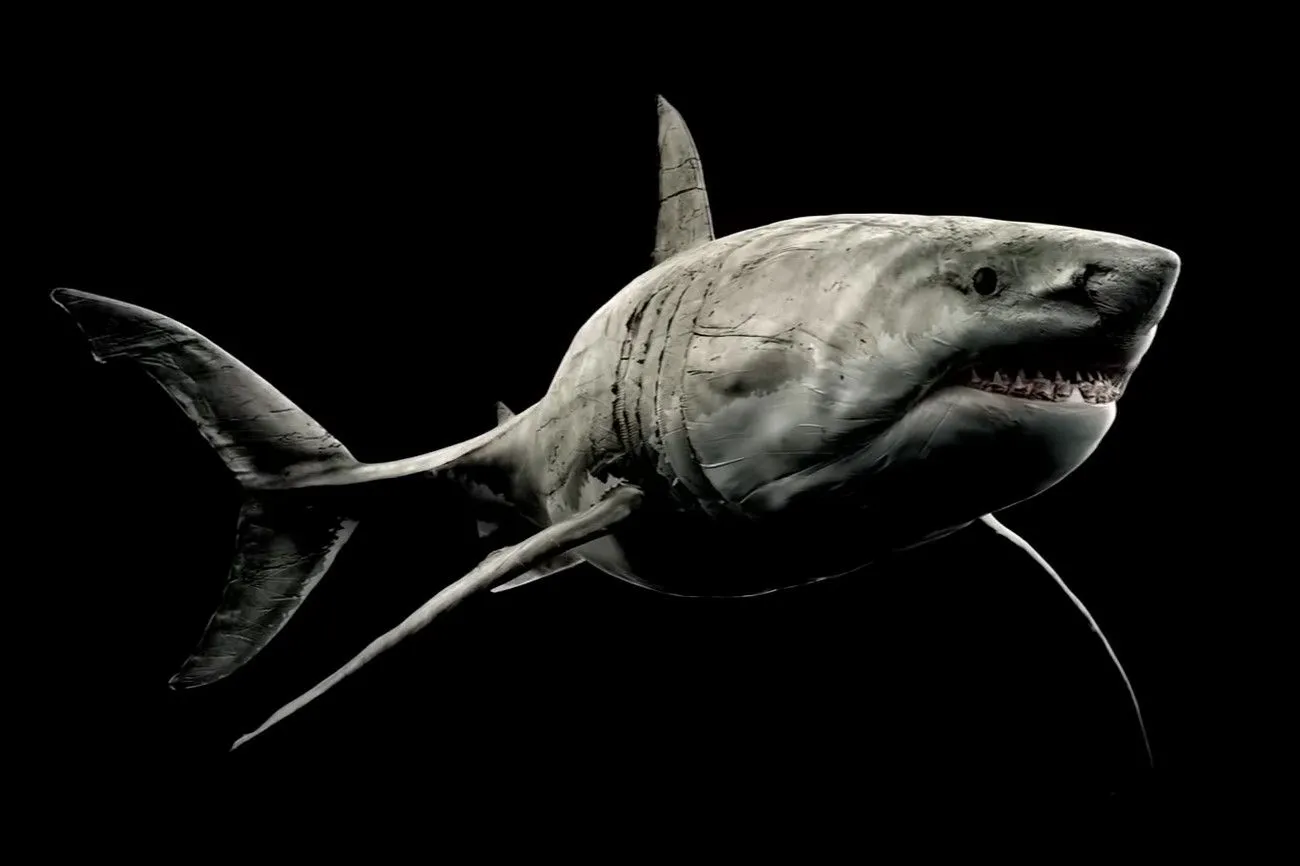 @Great White Sharks of Guadalupe Island | Most Wanted Sharks/National Geographic/YouTube.com
@Great White Sharks of Guadalupe Island | Most Wanted Sharks/National Geographic/YouTube.com
Cone Snail
Despite its visually appealing shell, it is crucial to avoid any contact with the Cone Snail if encountered. These charming yet highly dangerous creatures inhabit warm shallow waters near the equator. The snail possesses harpoon-like teeth capable of biting anything that touches it. Once bitten, the snail injects a venom known as conotoxin. This toxin has the potential to inflict severe damage to nerve cells and can even lead to paralysis. Regrettably, there is currently no available antivenin for this particular venom in the market.
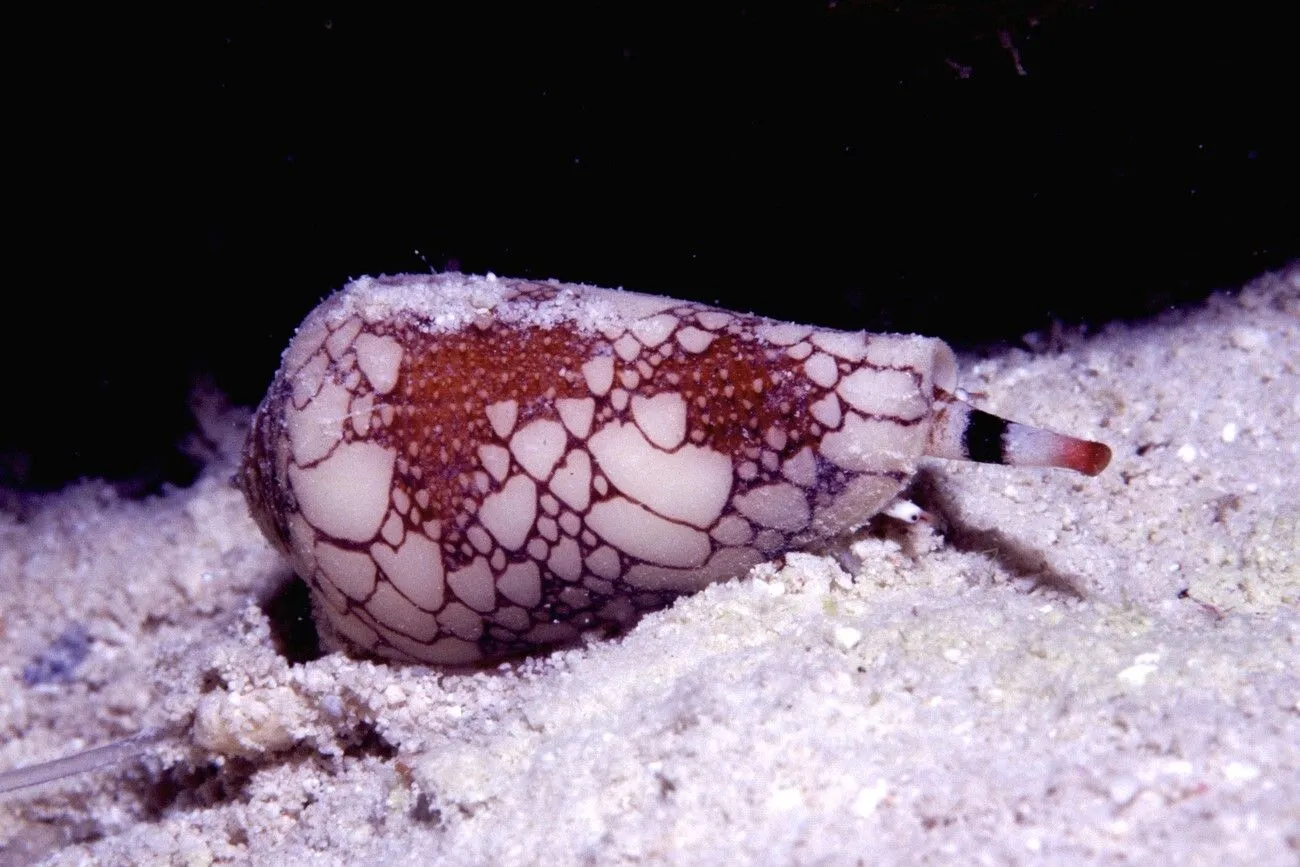
Hyena
Contrary to their portrayal in popular media such as The Lion King, hyenas are highly intelligent mammals. Disregarding misconceptions, these creatures possess both intelligence and cunning. Additionally, hyenas can reach weights of up to 190 pounds and possess a formidable bite capable of breaking bones. While hyenas generally tend to avoid human encounters, they may take advantage of a perceived vulnerable or incapacitated individual. Notably, hyenas exhibit exceptional teamwork when hunting and killing their prey, which further contributes to their potential danger.
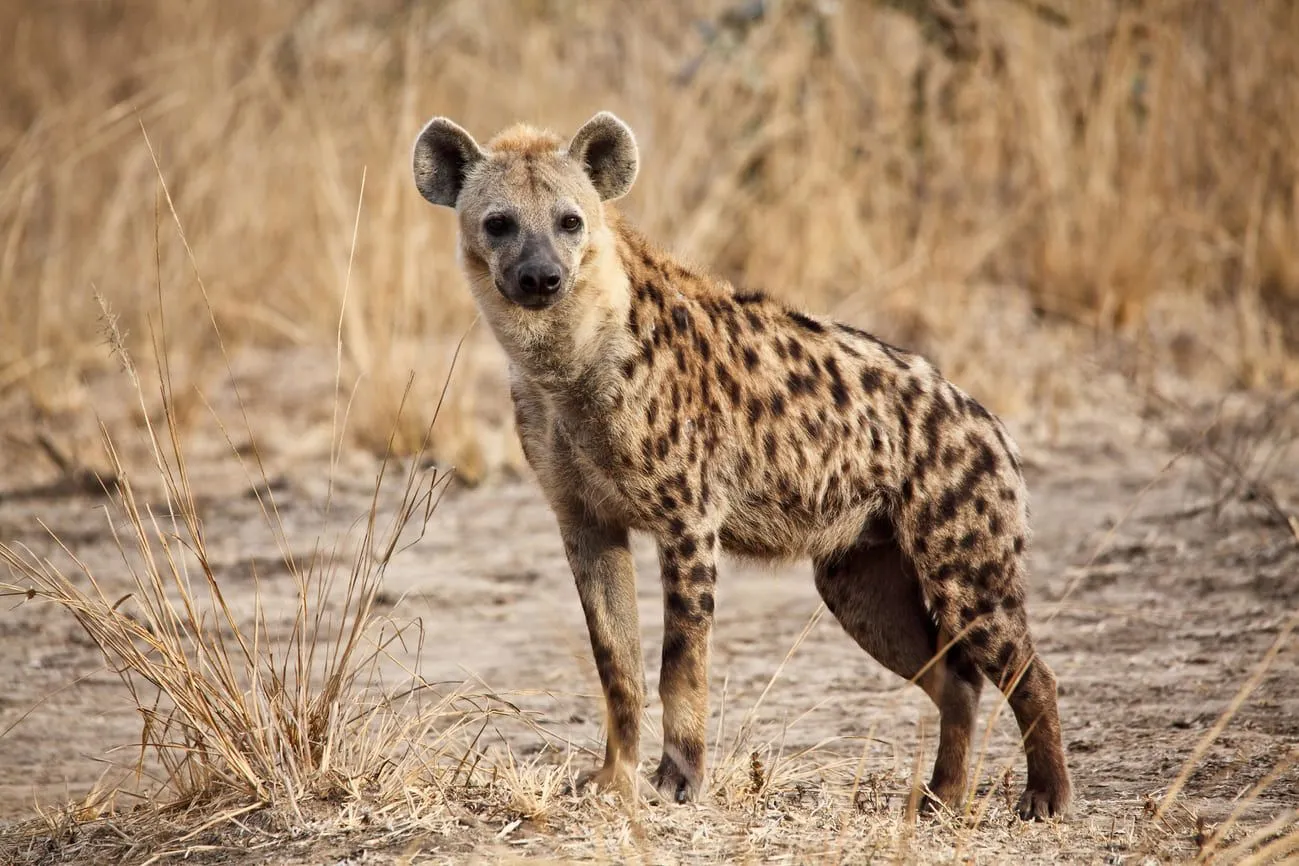
Black Mamba
The deadly Black Mambas inhabit the savannas and rocky regions of southern and eastern Africa. These snakes hold the title of being the fastest snakes on Earth, capable of slithering at speeds of up to 12.5 mph. Thankfully, Black Mambas typically only attack when provoked. However, when they do strike, they deliver multiple bites and release a substantial amount of venom, enough to potentially kill up to 10 individuals. While there is a new anti-venom available, it must be administered within 20 minutes of being bitten to be effective.
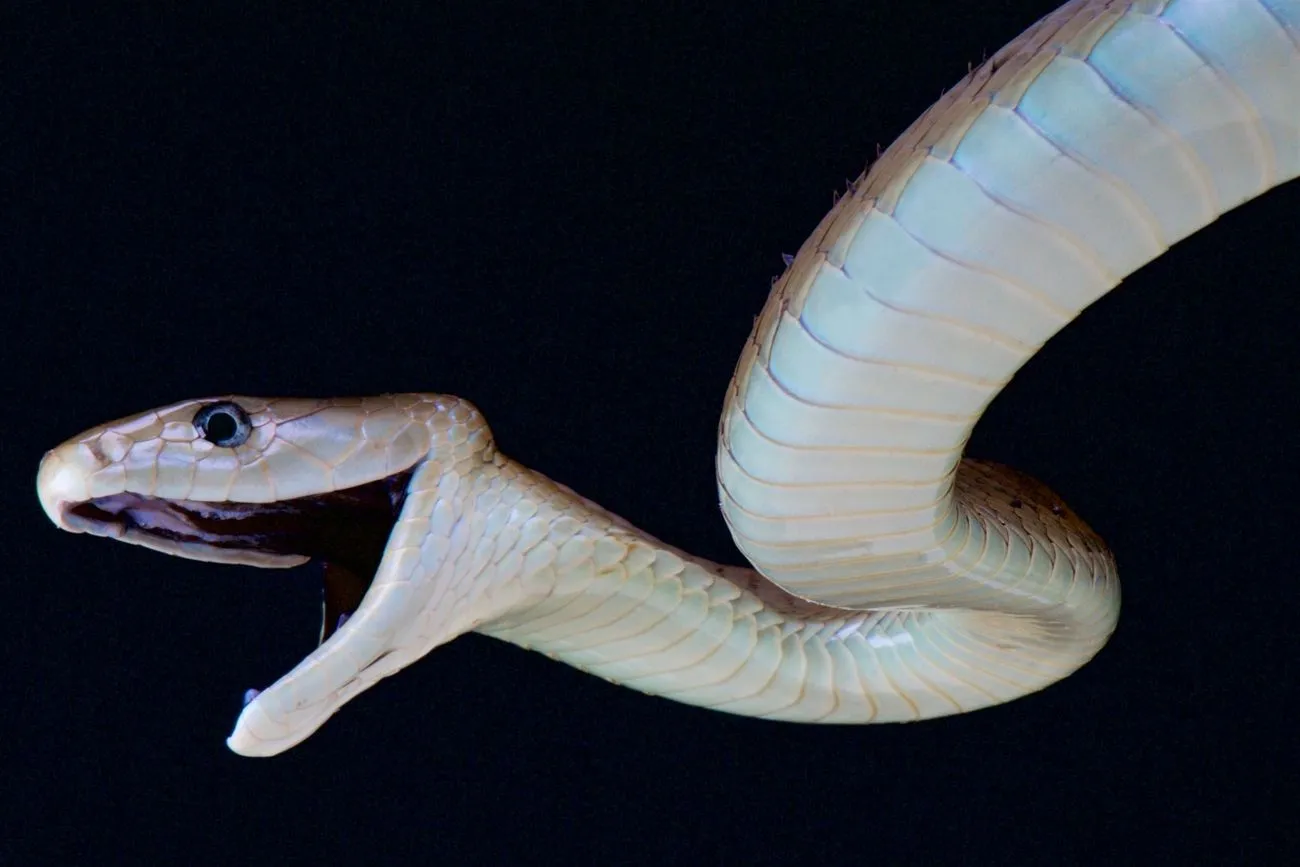
Sydney Funnel-Web Spider
There are around 40 different types of funnel-web spiders, although not all of them are harmful. However, many serious, life-threatening bites from Atrax robustus are caused by the male. As you might have guessed from its name, this spider was brought to Sydney, Australia. Because it wasn't a local species, we say it was introduced. By the way, antivenom was created in 1981. Since its development, numerous lives have been saved.
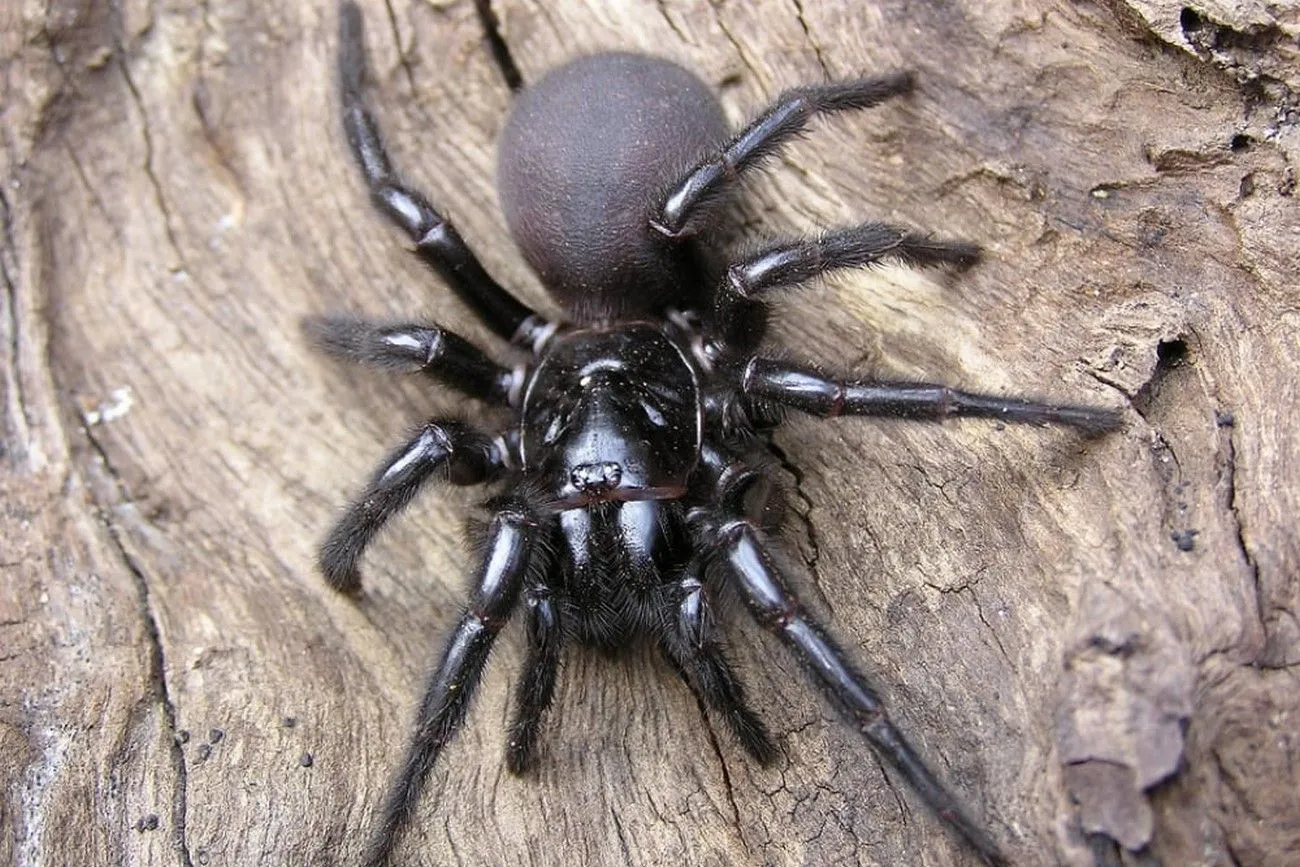 @Sydney Funnel Web Vs Wolf Spider | MONS/Monster Bug Wars - Official Channel/YouTube.com
@Sydney Funnel Web Vs Wolf Spider | MONS/Monster Bug Wars - Official Channel/YouTube.com
Stonefish
The Stonefish is recognized as one of the most perilous fish species in existence. It is predominantly found in coastal areas of the Indo-Pacific region. What makes the Stonefish exceptionally dangerous is its remarkable ability to perfectly blend in with its surroundings, resembling an ordinary rock. This camouflage increases the likelihood of swimmers inadvertently stepping on it. When disturbed, the Stonefish deploys its venomous spines, releasing potent neurotoxins. The venom inflicted by a Stonefish sting can have severe consequences for swimmers. Fortunately, there is a specific type of anti-venom that has been developed to effectively treat individuals affected by the Stonefish's venom.
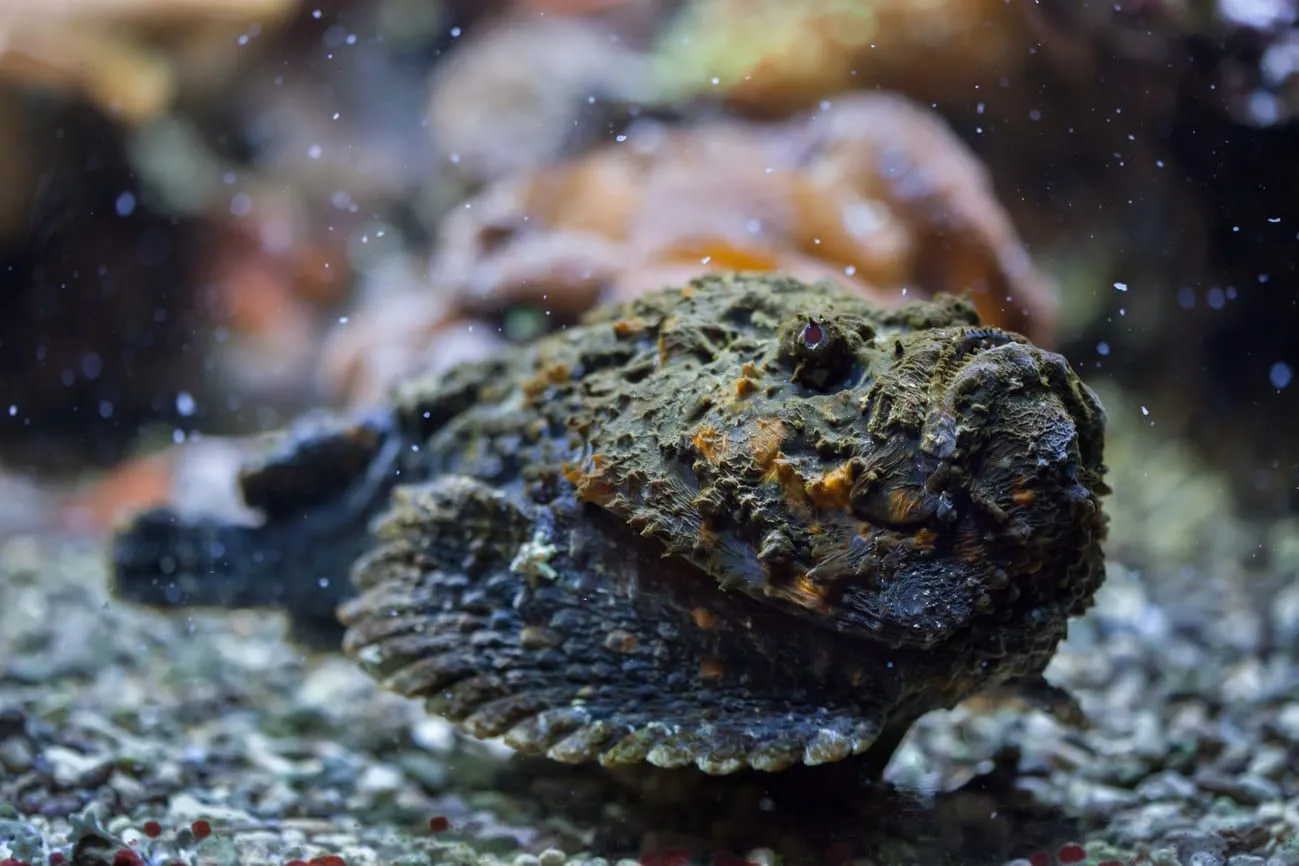
Tarantula Hawk
It is best to steer clear of the Tarantula Hawk wasp due to its potent sting, considered one of the most painful among all insects. Fortunately, humans need not be overly concerned about this wasp, as its primary focus is hunting tarantulas, as its name suggests. However, if humans provoke the wasp, they may experience a sting. Although the sting can be excruciating, it is not life-threatening. In the event of a sting, medical attention is unnecessary. The pain typically subsides after approximately five minutes, allowing individuals to resume their daily activities.
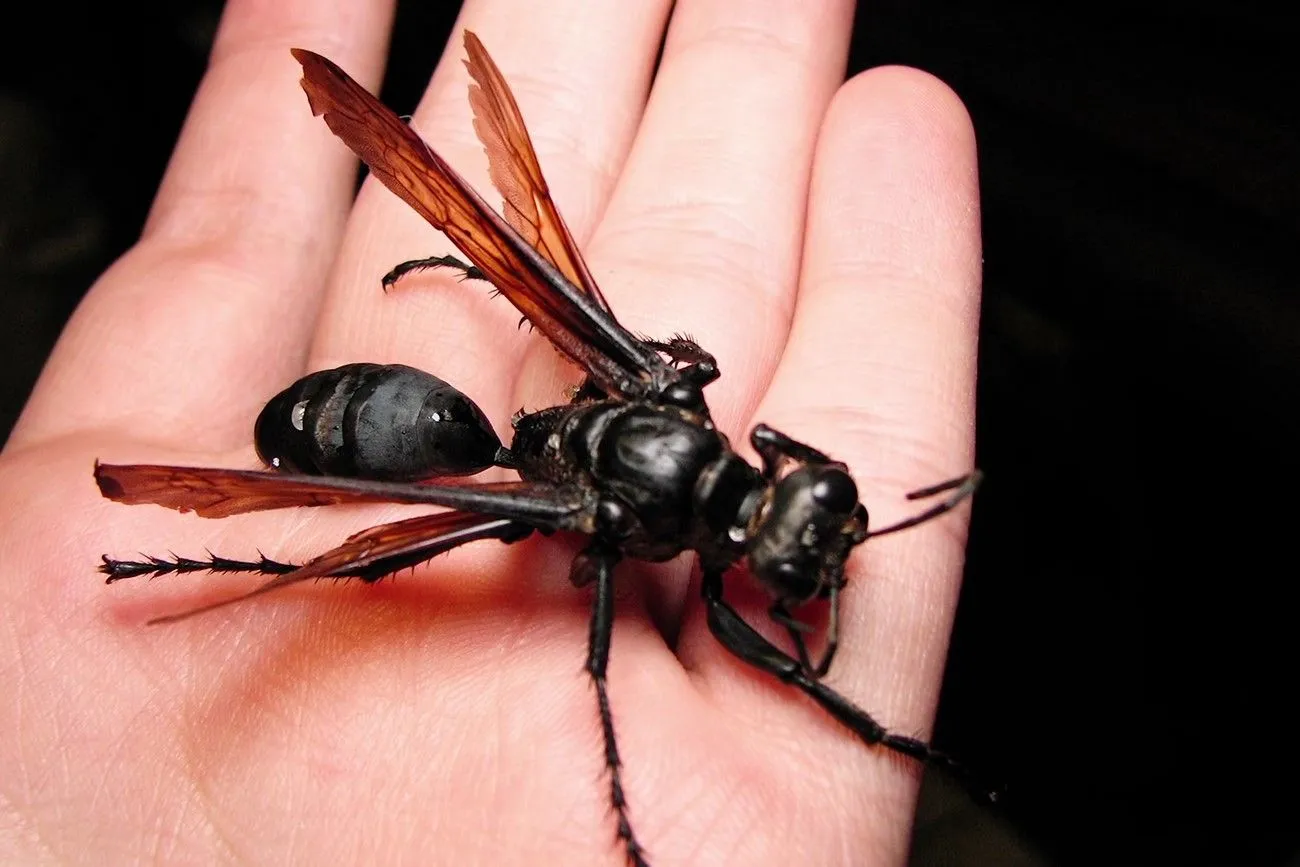 @Absurd Creatures | Tarantula Hawk/WIRED/YouTube.com
@Absurd Creatures | Tarantula Hawk/WIRED/YouTube.com
Bullet Ant
The bullet ant exceeds the typical annoyance of an insect. Renowned for its potent and deadly sting, this species carries a reputation for inflicting immense pain. In fact, according to the Schmidt sting pain index, the sting of a bullet ant surpasses even that of the tarantula hawk wasp in terms of intensity. The excruciating pain resulting from the sting is accompanied by an attack on the central nervous system, which can lead to paralysis. Found in the humid lowland rainforests of certain South American regions, the bullet ant possesses the capacity to incapacitate a fully grown adult with just one bite.
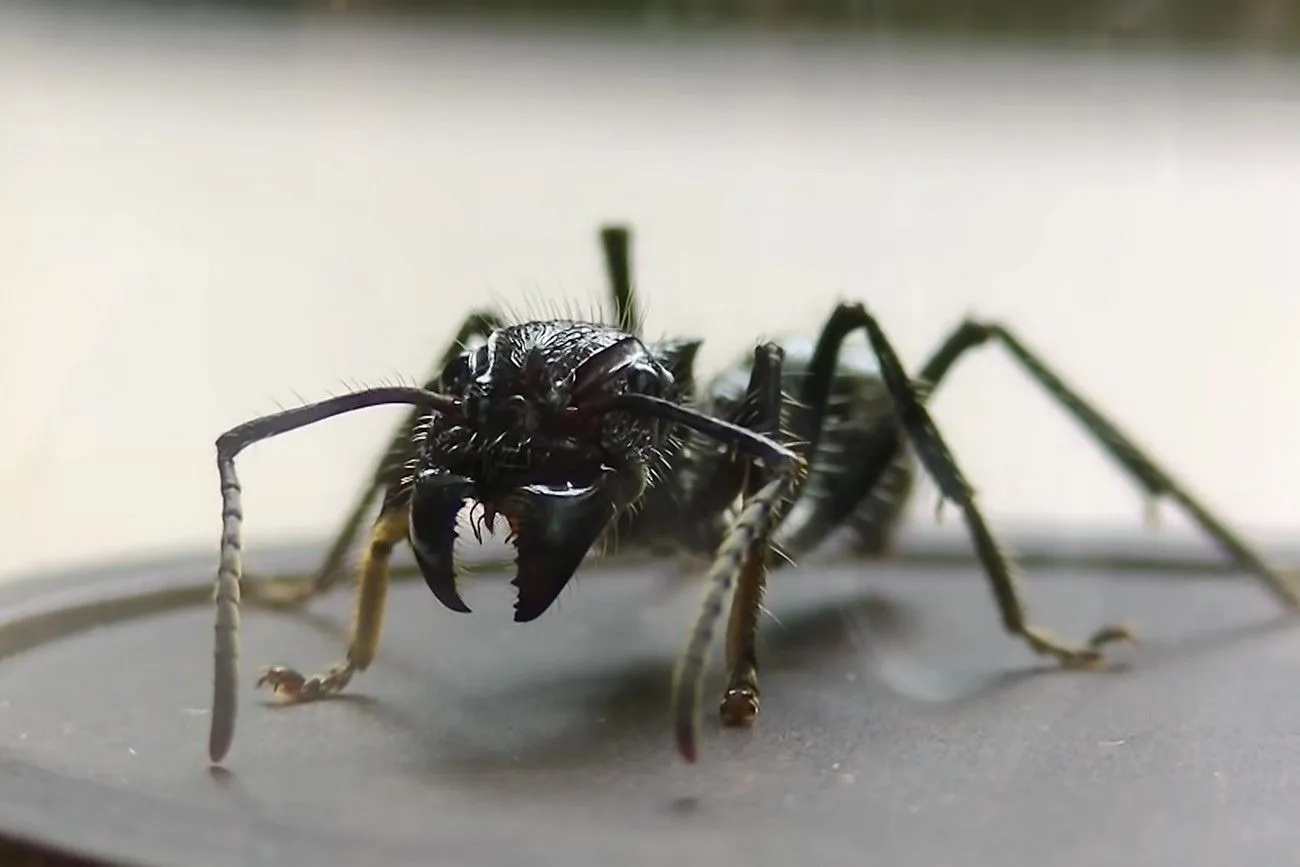 @STUNG by a BULLET ANT!/Brave Wilderness/YouTube.com
@STUNG by a BULLET ANT!/Brave Wilderness/YouTube.com
Cape Buffalo
The Cape Buffalo, also referred to as the African Buffalo, can be found in Southern and Eastern Africa. These animals possess a highly dangerous temperament characterized by their erratic and unpredictable behavior. It is estimated that they attack approximately 200 people each year. Cape Buffalos typically live in herds and are notable for their prominent horns. They are closely related to Water Buffalos and can grow up to six feet in length, weighing nearly a ton. Additionally, these buffalos are renowned for their impressive hunting abilities.
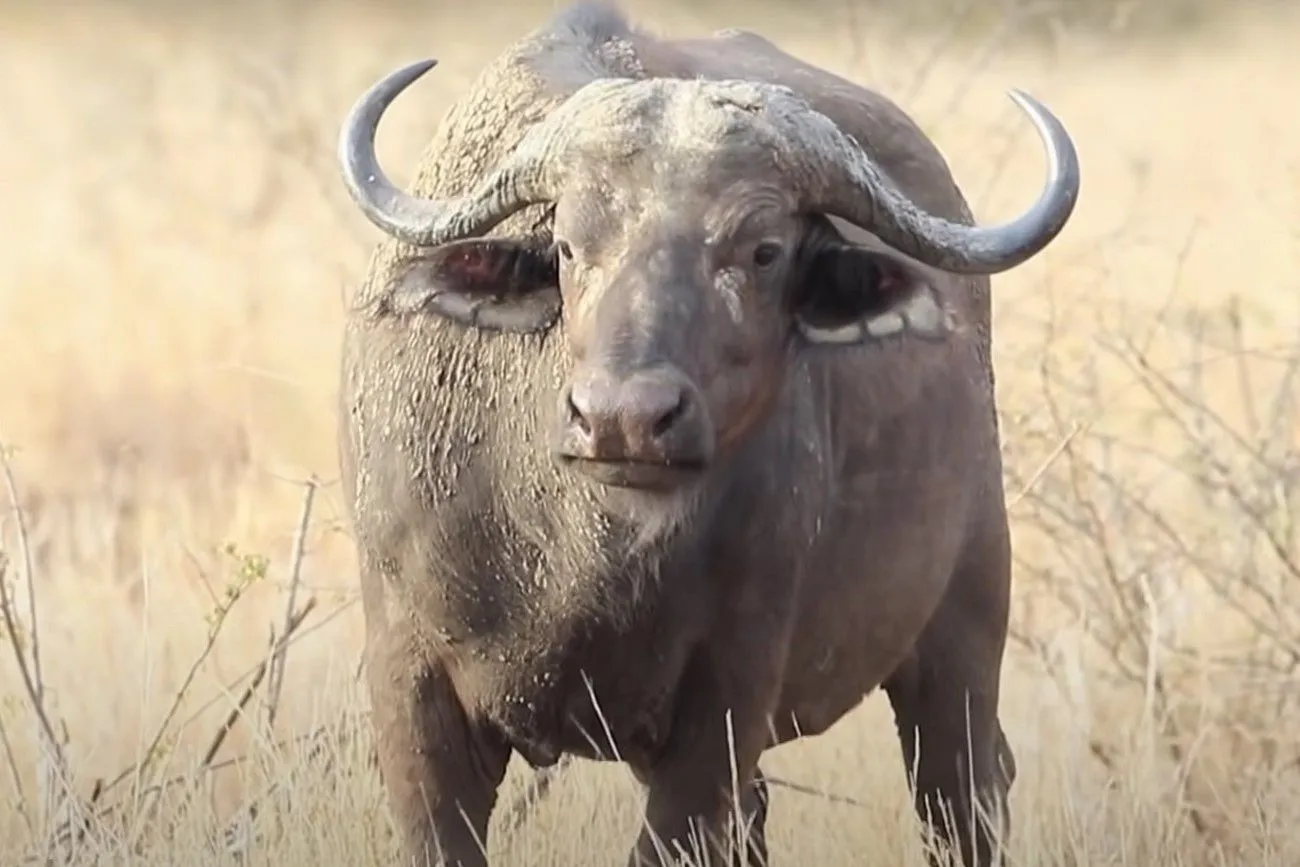 @Buffalo - Africa's Wild Wonders - Go Wild/Go Wild/YouTube.com
@Buffalo - Africa's Wild Wonders - Go Wild/Go Wild/YouTube.com
Siafu Ant
Despite their small size, Siafu ants, also known as driver ants, possess immense power and can be highly lethal, especially when encountered in large numbers. It is strongly advised to avoid any interaction with these dangerous creatures. Siafu ants exhibit an aggressive response when they sense threat or attack. When they perceive danger, the entire swarm will unite and launch an attack. A single swarm of Siafu ants can consist of approximately 50 million individuals! These ants have formidable bites that are both forceful and persistent. In some cases, even after their prey has perished, the ants' jaws remain tightly clamped onto the carcass.
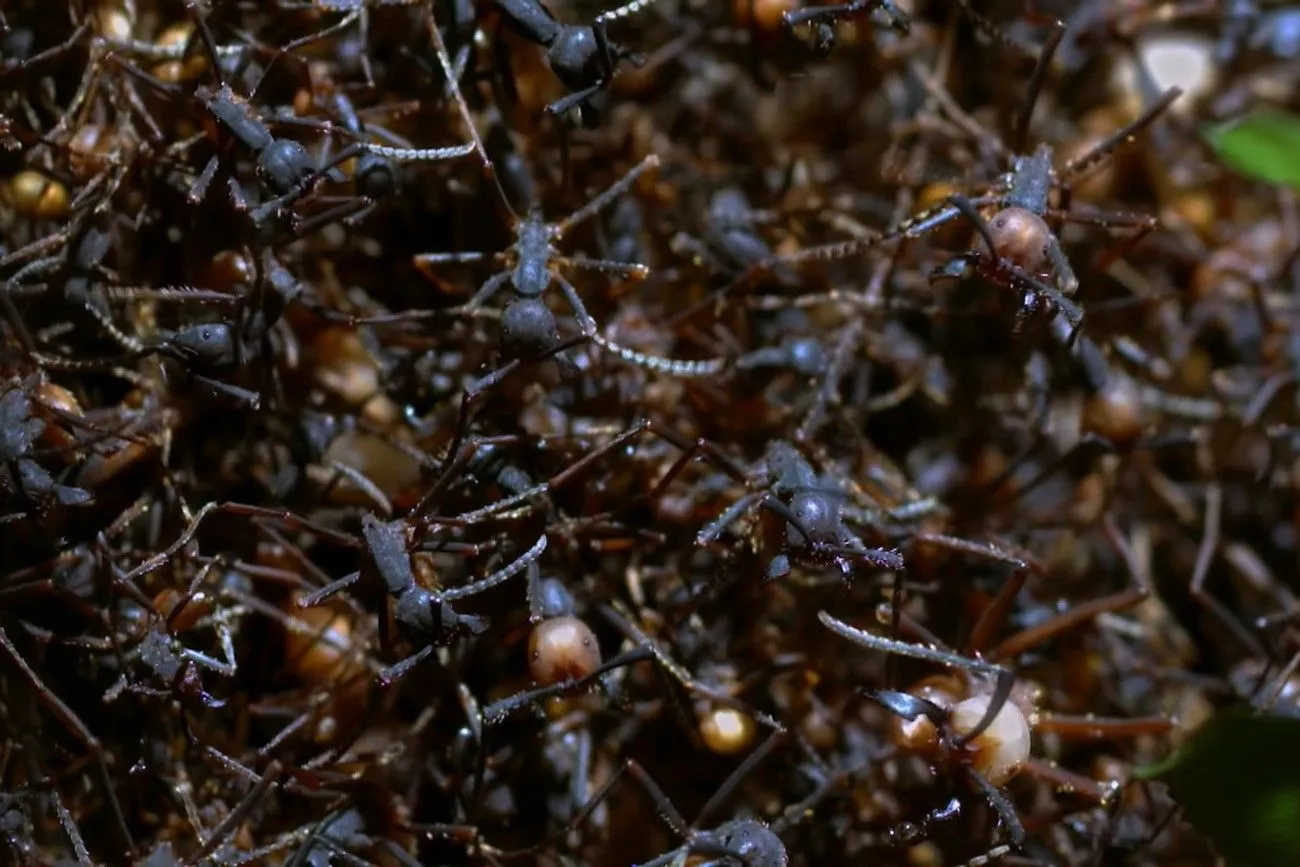 @Army Ants Rampage Through The Forest | The Hunt | BBC Earth/BBC Earth/YouTube.com
@Army Ants Rampage Through The Forest | The Hunt | BBC Earth/BBC Earth/YouTube.com
Box Jellyfish
As stated by the National Oceanic and Atmospheric Administration, the box jellyfish ranks among the most hazardous marine creatures globally. These menacing organisms inhabit the Indo-Pacific waters north of Australia. What makes the box jellyfish particularly alarming is its almost invisible nature. Additionally, it possesses up to 15 tentacles, with each tentacle capable of growing up to 10 feet in length. These tentacles are lined with stingers that house toxic substances. When the jellyfish stings, the toxins target the heart, nervous system, and skin cells of its victims. Unfortunately, most individuals who are stung by the box jellyfish drown due to the severe effects of the venom.
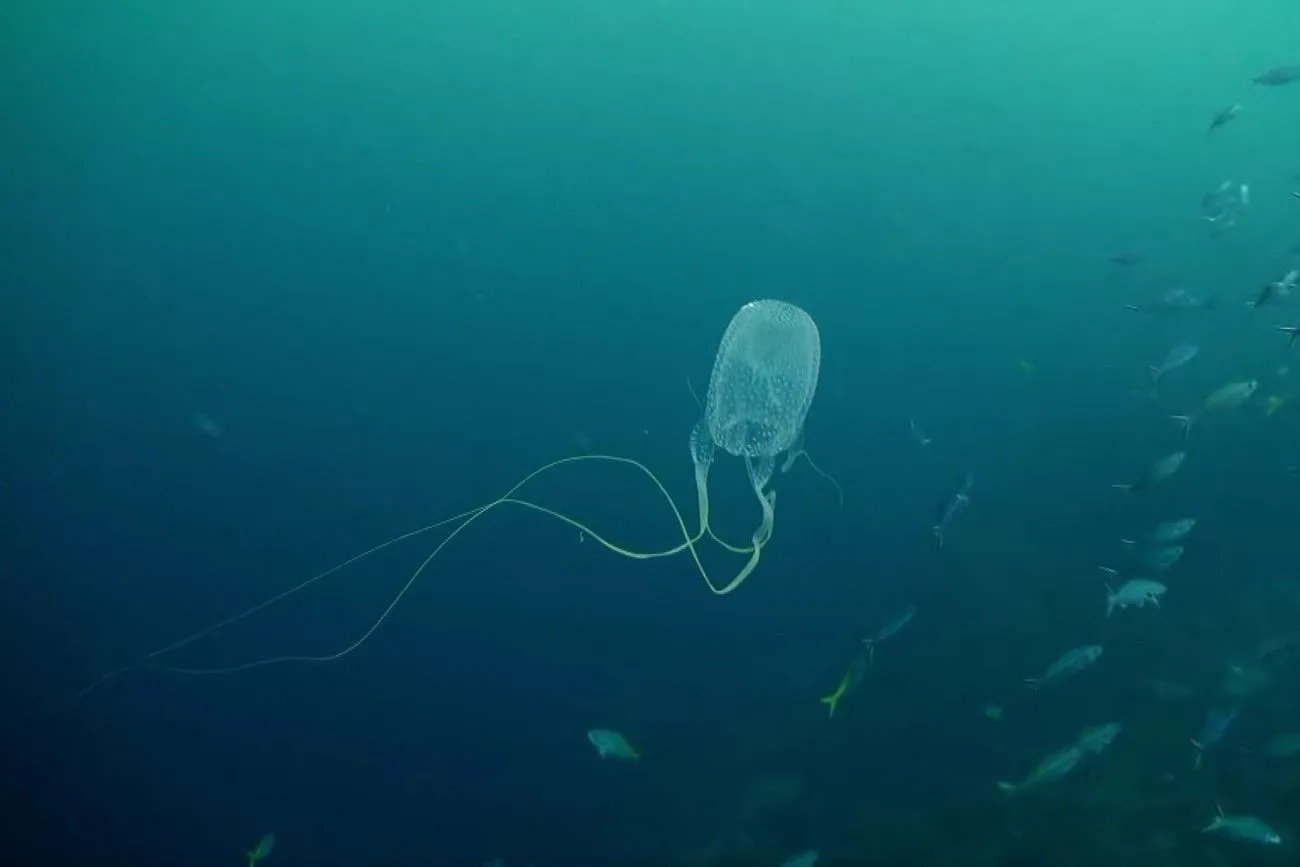 @Box jellyfish (class Cubozoa) 03 November 2014 Sail Rock Underwater video/SailRockDailyNews/YouTube.com
@Box jellyfish (class Cubozoa) 03 November 2014 Sail Rock Underwater video/SailRockDailyNews/YouTube.com
Nurse Shark
The Nurse Shark is a species commonly found in tropical waters worldwide. Notably, these sharks exhibit a peculiar behavior of seeking shelter during the day and becoming more active at night. Despite their large size, they primarily feed on small fish and can reach lengths of up to 30cm. Interestingly, Nurse Sharks have the ability to give birth to up to 30 offspring throughout their lifetime. While considered dangerous due to their strong and sharp teeth, they generally only attack when provoked. Consequently, many divers have suffered injuries as a result of encounters with these sharks.
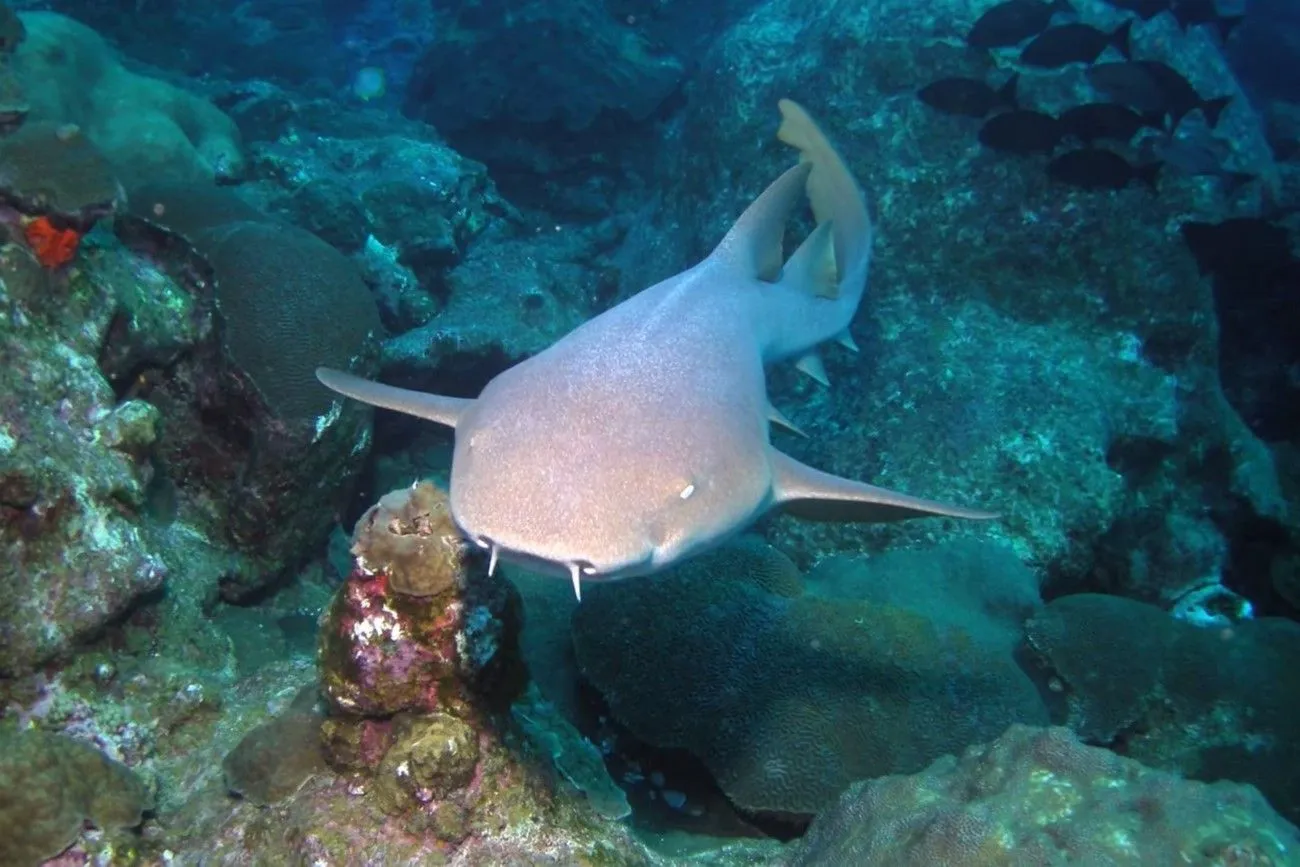 @Facts: The Nurse Shark/Deep Marine Scenes/YouTube.com
@Facts: The Nurse Shark/Deep Marine Scenes/YouTube.com
Humboldt Squid
The Humboldt Squid, found in the Pacific Ocean, holds the title of being the largest member of the Squid family. With an impressive weight potential of up to 50kg, it is known for its remarkable size. When the Humboldt Squid is feeding, it is believed to display a heightened level of aggression towards humans. Additionally, there is evidence suggesting that these Squid become even more aggressive towards divers who utilize flashing lights and wear diving gear. As a result, it is advisable for divers to maintain a safe distance from them. Nevertheless, the Humboldt Squid has also demonstrated signs of intelligence and possesses a curious nature.
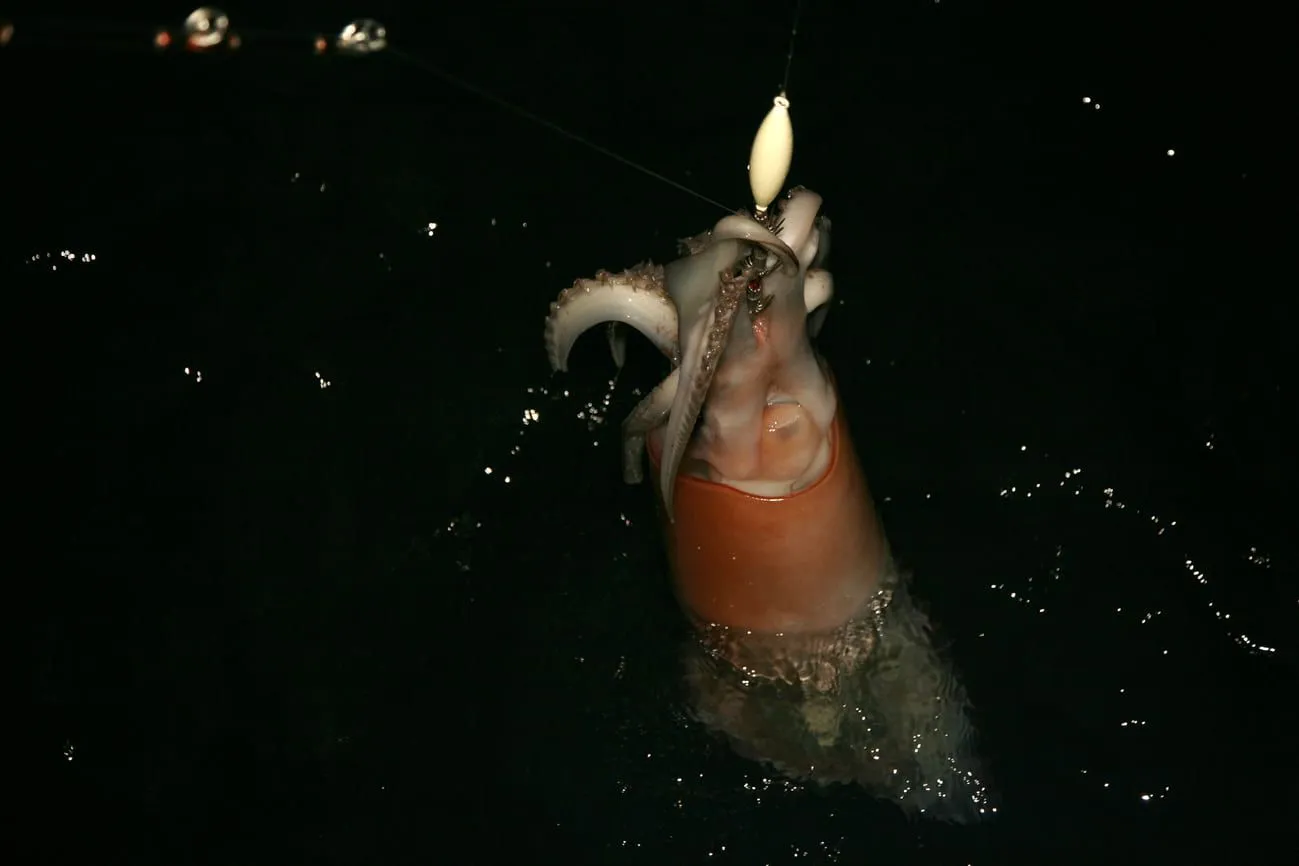
Blue-Ringed Octopus
Western and southern Australia, as well as New South Wales, are home to the Blue-Ringed Octopus. They are among the most hazardous aquatic animals in the world while being quite small. While they won't sting unless provoked, the venom that is discharged in the event of a human sting is lethal.
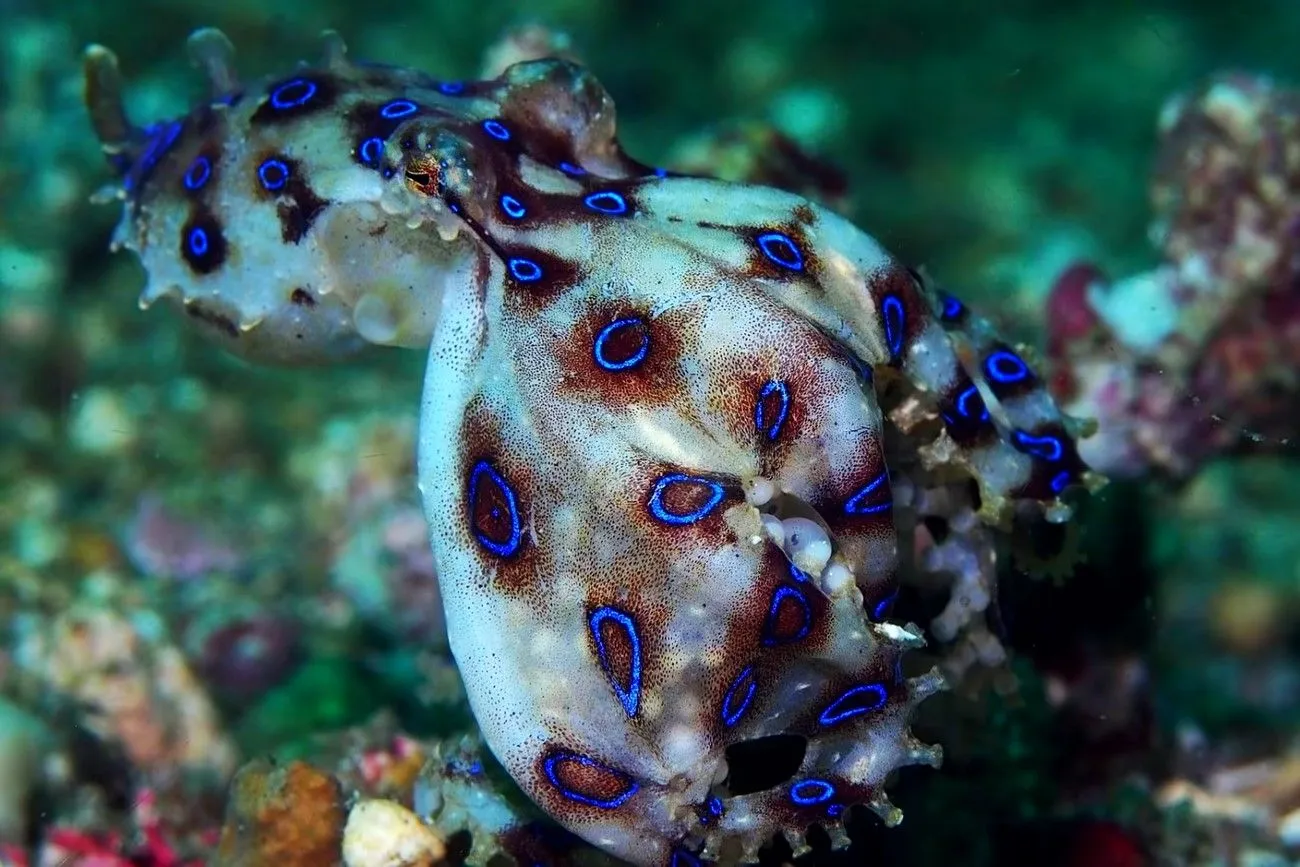 @Blue-ringed Octopus Facts: a DEADLY octopus 🐙 | Animal Fact Files/Animal Fact Files/YouTube.com
@Blue-ringed Octopus Facts: a DEADLY octopus 🐙 | Animal Fact Files/Animal Fact Files/YouTube.com
Sidewinder
The Sidewinder, also known as the Rattlesnake, contributes to the fear many people have towards snakes. These snakes are venomous, although their venom is comparatively less potent than that of other snake species due to their smaller venom glands. Nonetheless, if a human is bitten by a Sidewinder, it should be treated as a serious matter. One should not underestimate the bite, even if it initially feels no more painful than a small pin prick. It is crucial to pay close attention to any signs or symptoms following a bite and seek immediate medical attention. Ignoring the potential effects can have serious consequences.
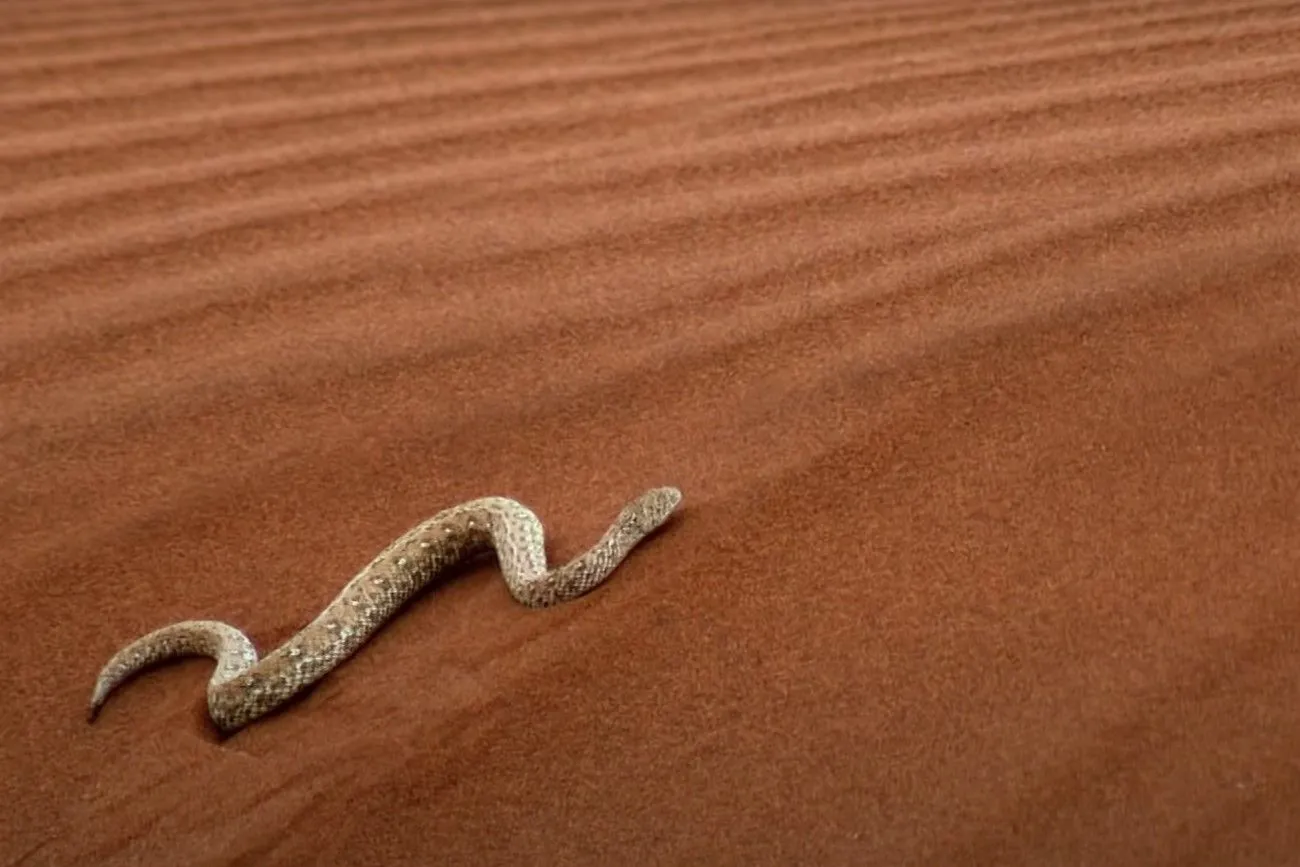 @Terrifying: The Venomous Sidewinder Snake Slithers at 18 MPH/Smithsonian Channel/YouTube.com
@Terrifying: The Venomous Sidewinder Snake Slithers at 18 MPH/Smithsonian Channel/YouTube.com
Giant Pacific Octopus
The Giant Pacific Octopus is recognized as one of the largest octopuses in existence. As with all octopuses, it possesses eight arms, as the prefix 'octa' indicates. Each arm is adorned with two rows of suckers, which aid in capturing prey. Interestingly, these suckers are equipped with hooks. The octopus has a beak and a tongue with teeth in its mouth. Fortunately, these creatures are not known for consuming humans, but they do prey on small sharks.
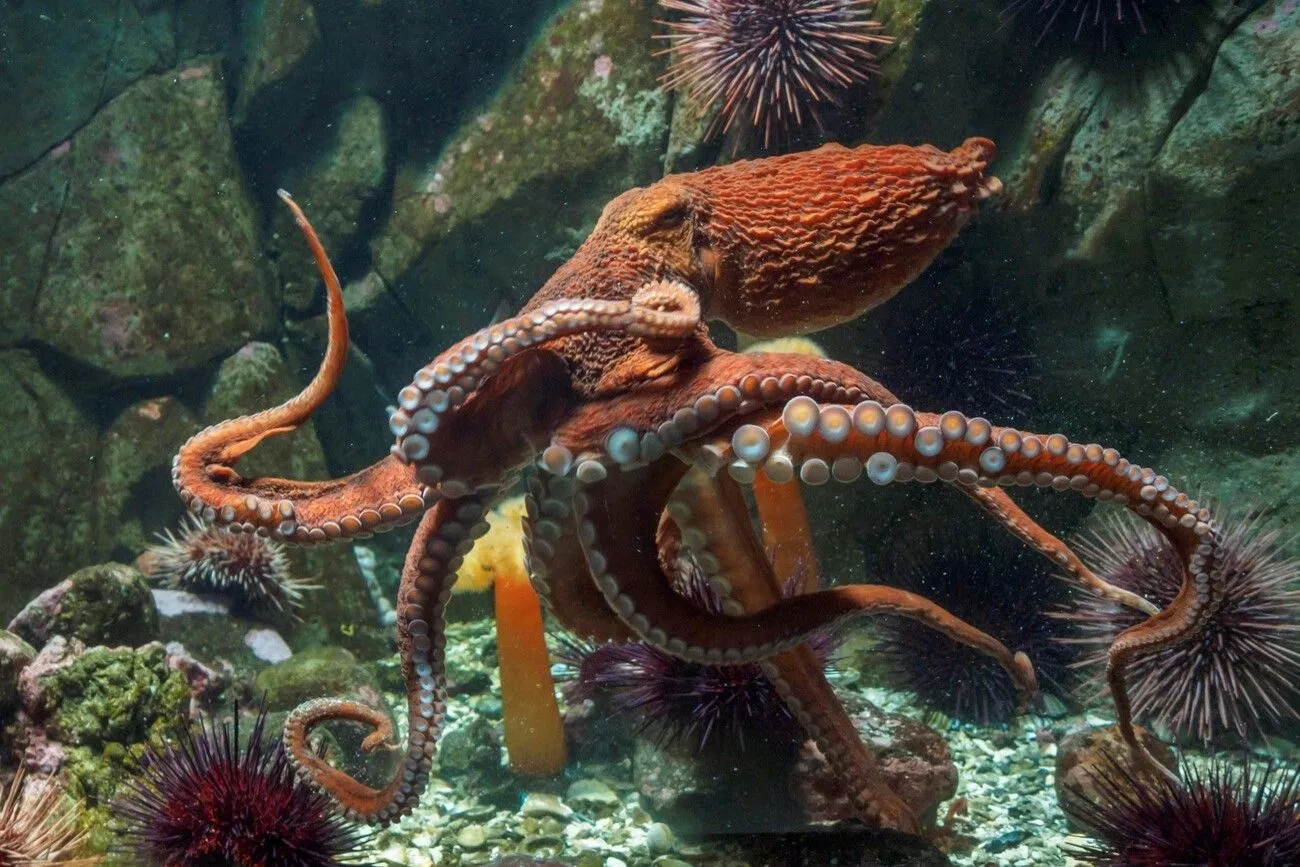
Polar Bear
While polar bears may be mistakenly perceived as adorable and cuddly, it is important to recognize their true nature. They are, in fact, highly dangerous and the most carnivorous species within the bear family. These bears are enormous, weighing up to 1,750 pounds. In comparison to many other bear species, polar bears have a higher likelihood of attacking humans. Fortunately, their natural habitat is in the Arctic, which is not commonly frequented by humans. Moreover, polar bears have a preference for seals as their primary food source rather than humans.
 @The Life of a Baby Polar Bear - Ep. 4 | Wildlife: The Big Freeze/National Geographic/YouTube.com
@The Life of a Baby Polar Bear - Ep. 4 | Wildlife: The Big Freeze/National Geographic/YouTube.com
Lynx
The Lynx, a member of the cat family, typically leads a solitary lifestyle. They predominantly inhabit forested regions in Europe and Asia. Lynxes generally do not pose a threat to humans unless provoked. However, if such provocation occurs, the resulting attacks can have serious consequences. In a notable incident from 2014, a Lynx attacked a woman in Atlanta, resulting in her injury and subsequent hospitalization. Many argue that this incident was due to the woman's own actions, as she reportedly attempted to feed the animal.
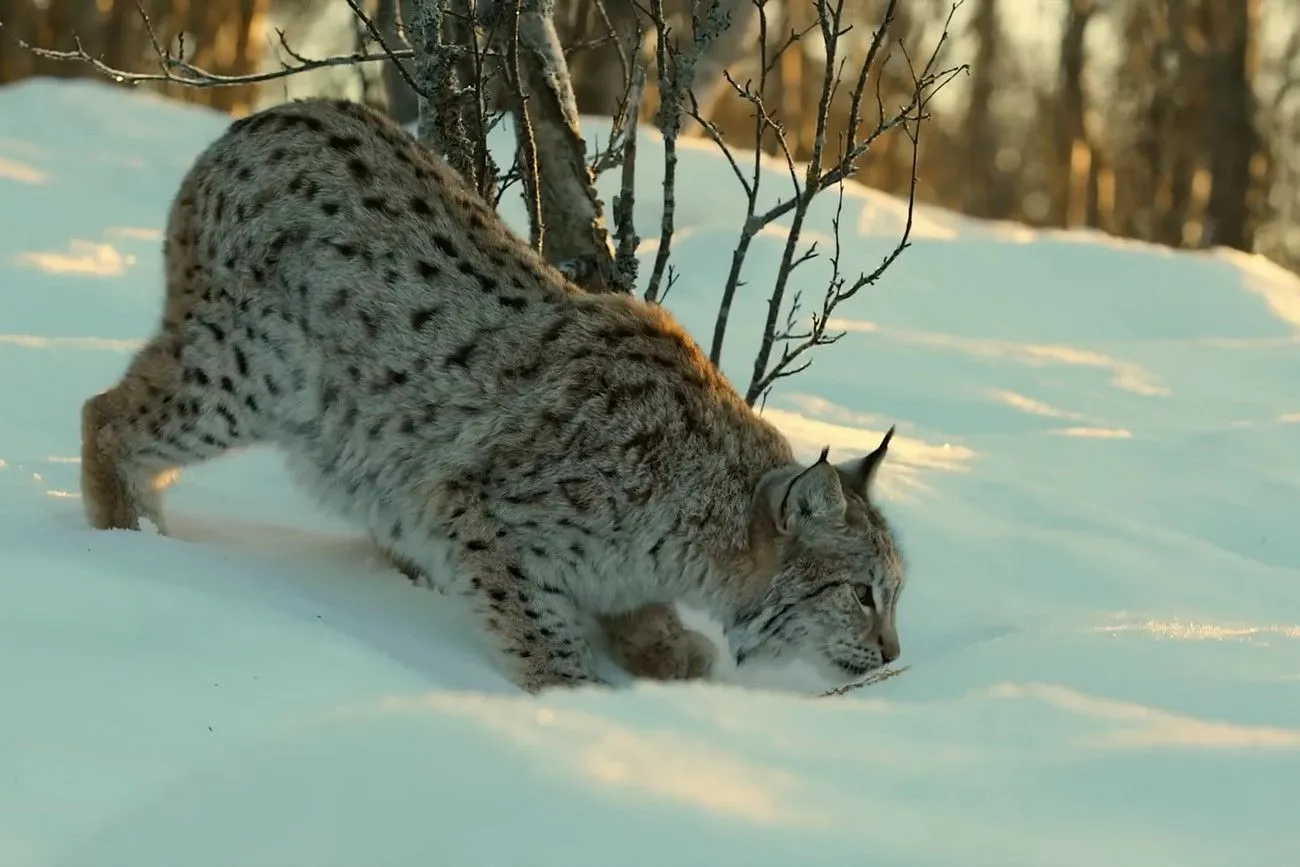 @Exploring The Elegant Lynx In 4K | Lynx Documentary | Real Wild/Real Wild/YouTube.com
@Exploring The Elegant Lynx In 4K | Lynx Documentary | Real Wild/Real Wild/YouTube.com
King Cobra
The King Cobra rightfully earns its reputation as a dangerous snake. It holds the titles of being the world's longest and most venomous snake. These cobras primarily inhabit India and other regions in Southeast Asia. The snake employs its potent venom to target the nervous system of its prey, resulting in pain, vertigo, and eventual paralysis for the victim. In some cases, the effects of a King Cobra bite can lead to death in as little as 30 minutes. It is worth noting that King Cobras possess the capability to kill even large animals such as elephants, emphasizing the lethal potential of their venom.
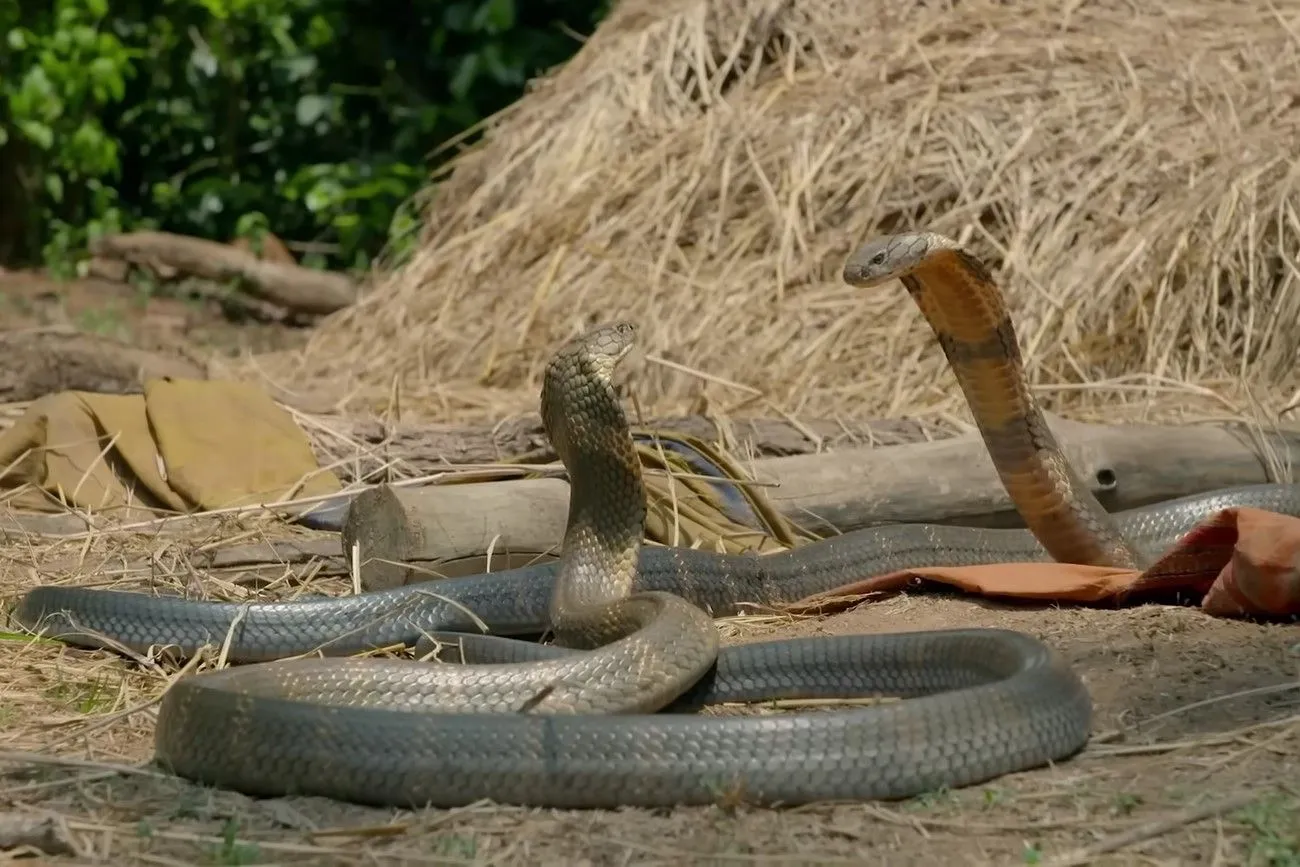 @Intense: Two King Cobras Fight for a Nearby Queen 🥊 Into the Wild India | Smithsonian Channel/Smithsonian Channel/YouTube.com
@Intense: Two King Cobras Fight for a Nearby Queen 🥊 Into the Wild India | Smithsonian Channel/Smithsonian Channel/YouTube.com
Vampire Bat
Bats are unique among mammals as they are the only ones capable of flight. Within the bat species, the Vampire Bat stands out as the sole blood-feeding variety. These bats can be found in various countries across South America. While Vampire Bats are considered potentially dangerous to humans due to their disease-carrying nature, there are some intriguing aspects to their biology. Surprisingly, the saliva of Vampire Bats has shown potential benefits in the field of medicine. It is believed that certain components of their saliva could aid in increasing blood flow, offering potential therapeutic applications for patients who have experienced a stroke.
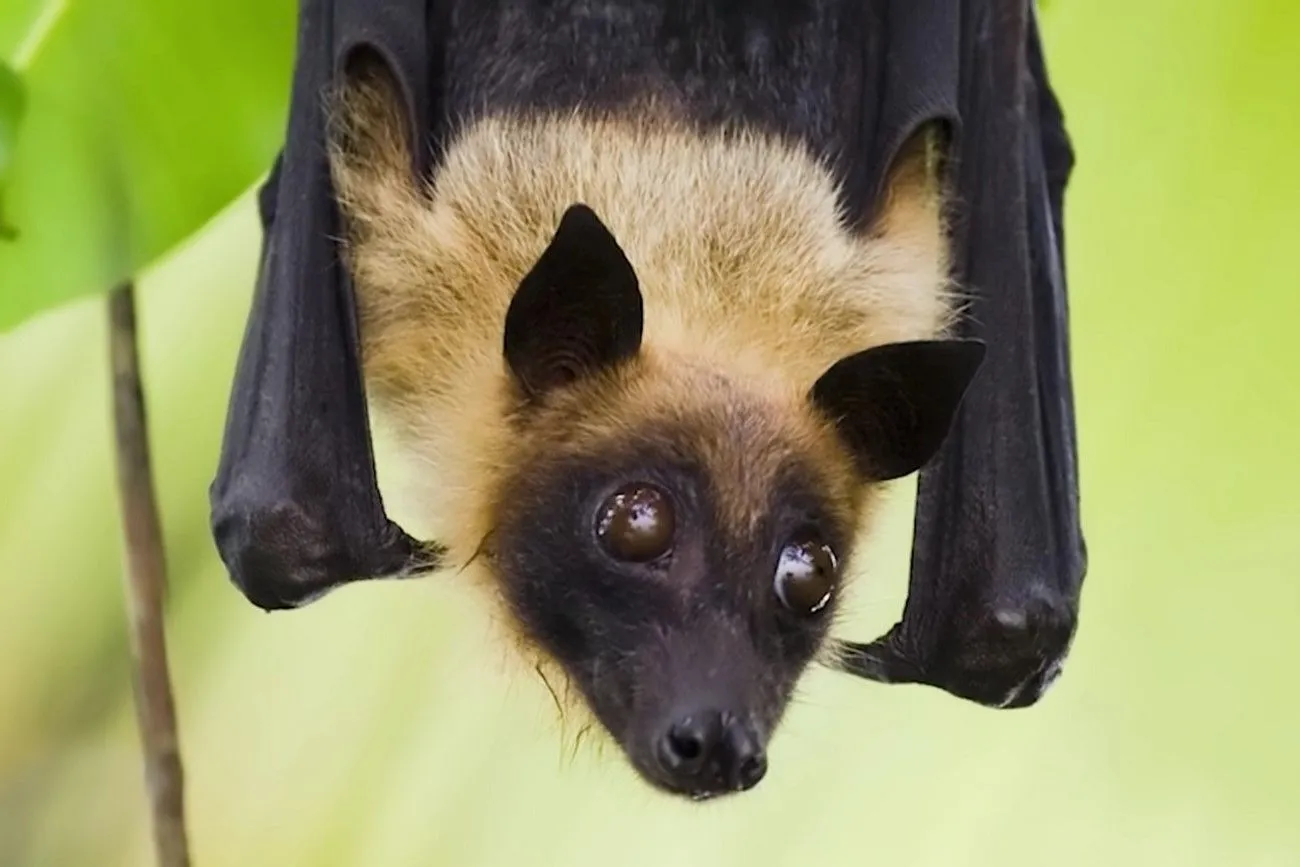 @True Facts About The Fruit Bat/Ze Frank/YouTube.com
@True Facts About The Fruit Bat/Ze Frank/YouTube.com
Mulga Snake
This snake is native to the southern and northern parts of Australia. When the snake perceives a threat, it exhibits behavior reminiscent of a cobra. It assumes a defensive stance by holding and flattening its neck in a curved position parallel to the ground. Additionally, the snake may vigorously move its neck from side to side while emitting hissing sounds. Ultimately, it will also attempt to bite. The Mugla will bite terribly. It will sink in its fangs and release large quantities of venom.
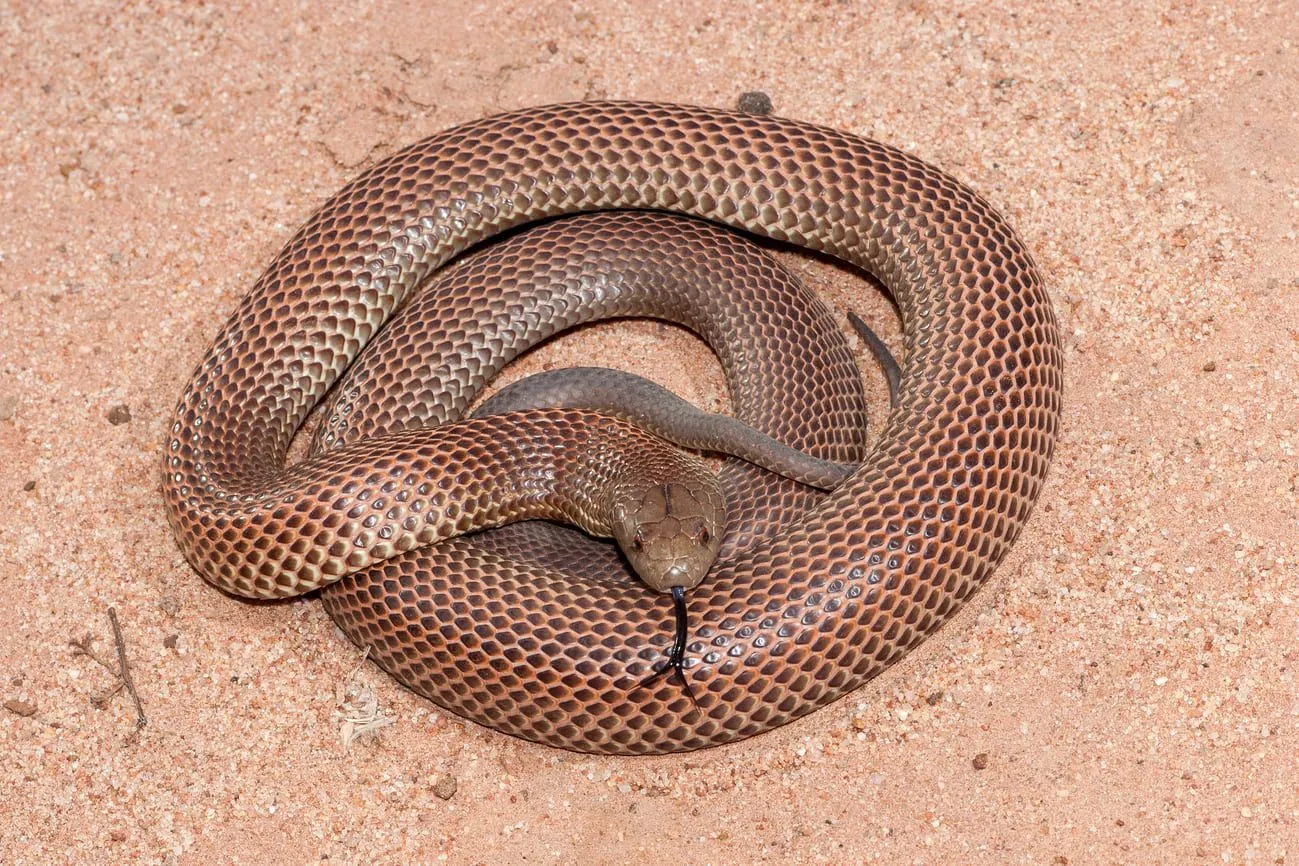
Hornet
The likelihood of being stung by a hornet is generally low because they rarely attack people unless provoked. However, if a hornet stings you, it might not turn out well for you. Considering their size, hornets have a substantial amount of venom. The Giant Asian Hornet recently made headlines due to the fact that its venom is thought to be exceedingly hazardous to humans. Both the neurological system and tissues may suffer significant harm.
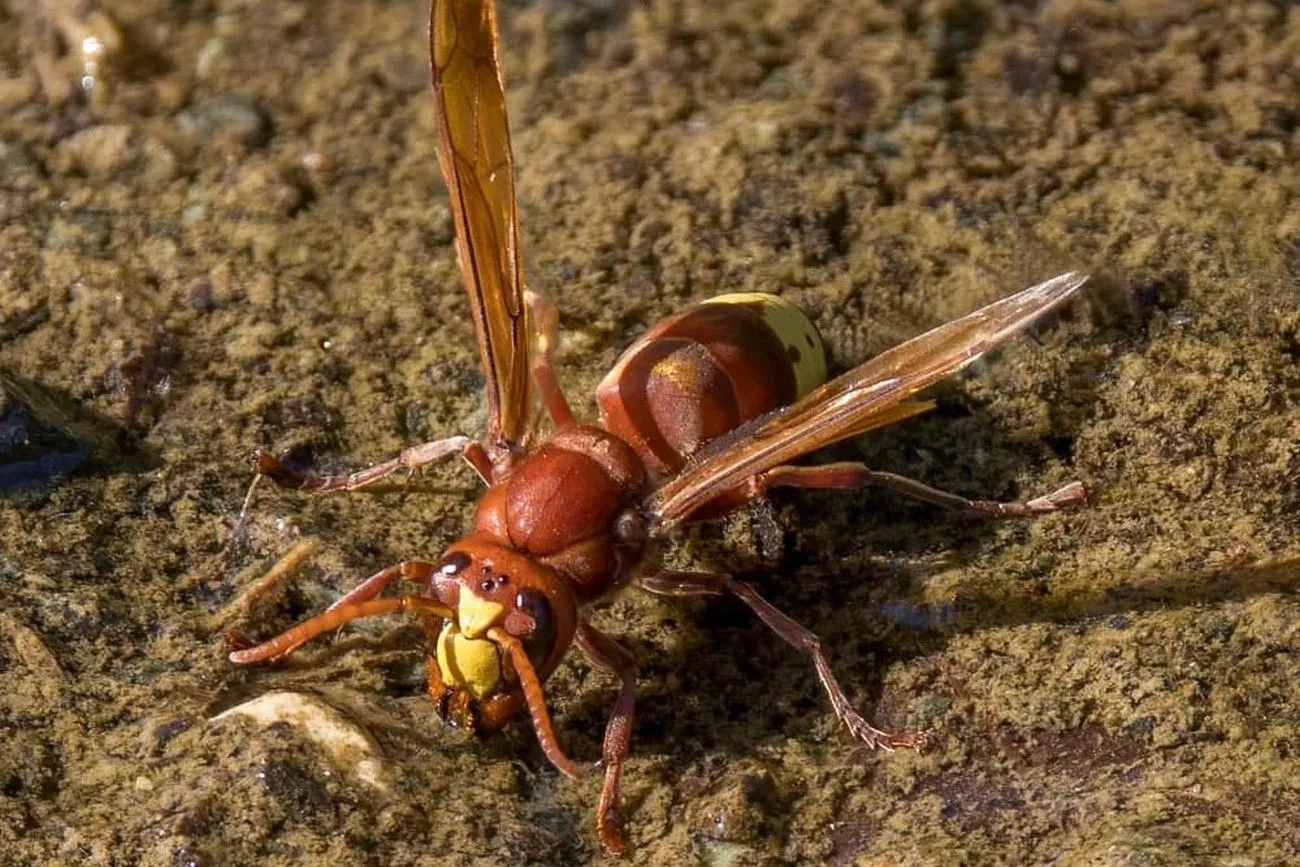 @The World's Biggest Wasp | Bite, Sting, Kill/Nat Geo WILD/YouTube.com
@The World's Biggest Wasp | Bite, Sting, Kill/Nat Geo WILD/YouTube.com
Inland Taipan
The Inland Taipan is a snake that demands caution and respect. Regarded as the most venomous snake worldwide, its lethal combination of potent venom and preference for hunting warm-blooded mammals poses a significant danger to humans. However, it is fortunate that these snakes typically refrain from attacking unless provoked. It is strongly advised to maintain a safe distance from these highly poisonous creatures. The venom of the Inland Taipan contains neurotoxins that affect the nervous system, hemotoxins that impact the blood, and myotoxins that target the muscles. Failure to provide treatment for the venom can result in a lethal outcome.
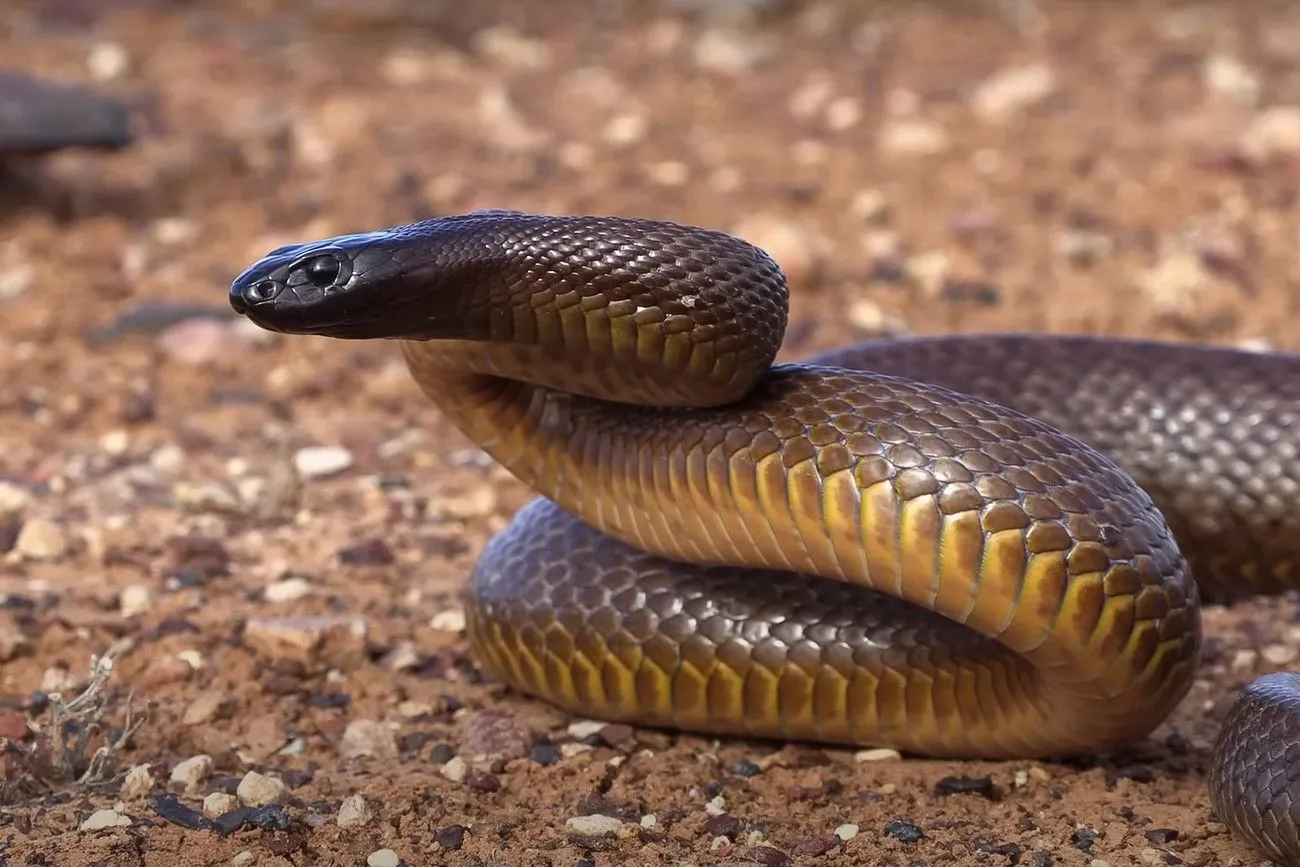 @Inland taipan (Fierce snake) - the most venomous snake in the world!/Living Zoology/YouTube.com
@Inland taipan (Fierce snake) - the most venomous snake in the world!/Living Zoology/YouTube.com
Deathstalker
Scorpions instill fear in many humans, and among them, the Deathstalker is considered one of the most perilous species. Native to the Middle East and North Africa, this scorpion possesses venom that is highly dangerous and causes intense pain. Although a healthy adult human is unlikely to be killed by its venom, it can prove fatal if a child is stung. The Deathstalker's yellow coloration may contribute to its camouflage in the wild, making it harder to spot.
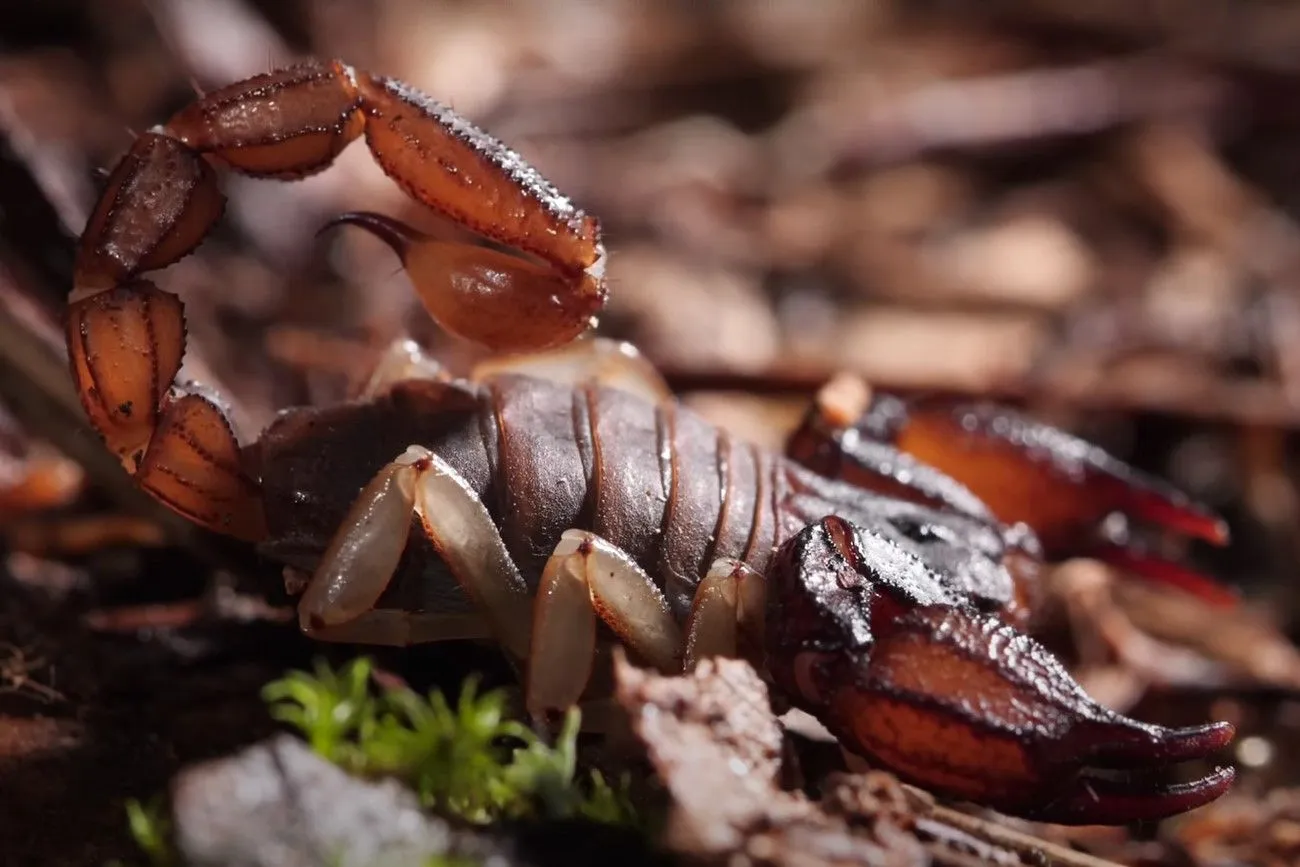 @SCORPIONS ARE PREDATORS WITH A SENSITIVE SIDE | DEEP LOOK/DEEP LOOK/YOUTUBE.COM
@SCORPIONS ARE PREDATORS WITH A SENSITIVE SIDE | DEEP LOOK/DEEP LOOK/YOUTUBE.COM
Flower Urchin
Despite its alluring pink and flowery appearance, the flower urchin is not to be underestimated. When touched, this seemingly harmless creature can deliver an excruciatingly painful sting. If a human is unfortunate enough to be stung by a flower urchin, immediate medical attention should be sought. Found predominantly in the Indo-West Pacific region, this species of sea urchin serves as a vital component of coral reefs, rocky and sandy environments, as well as seagrass beds, typically inhabiting depths of around 90 meters.
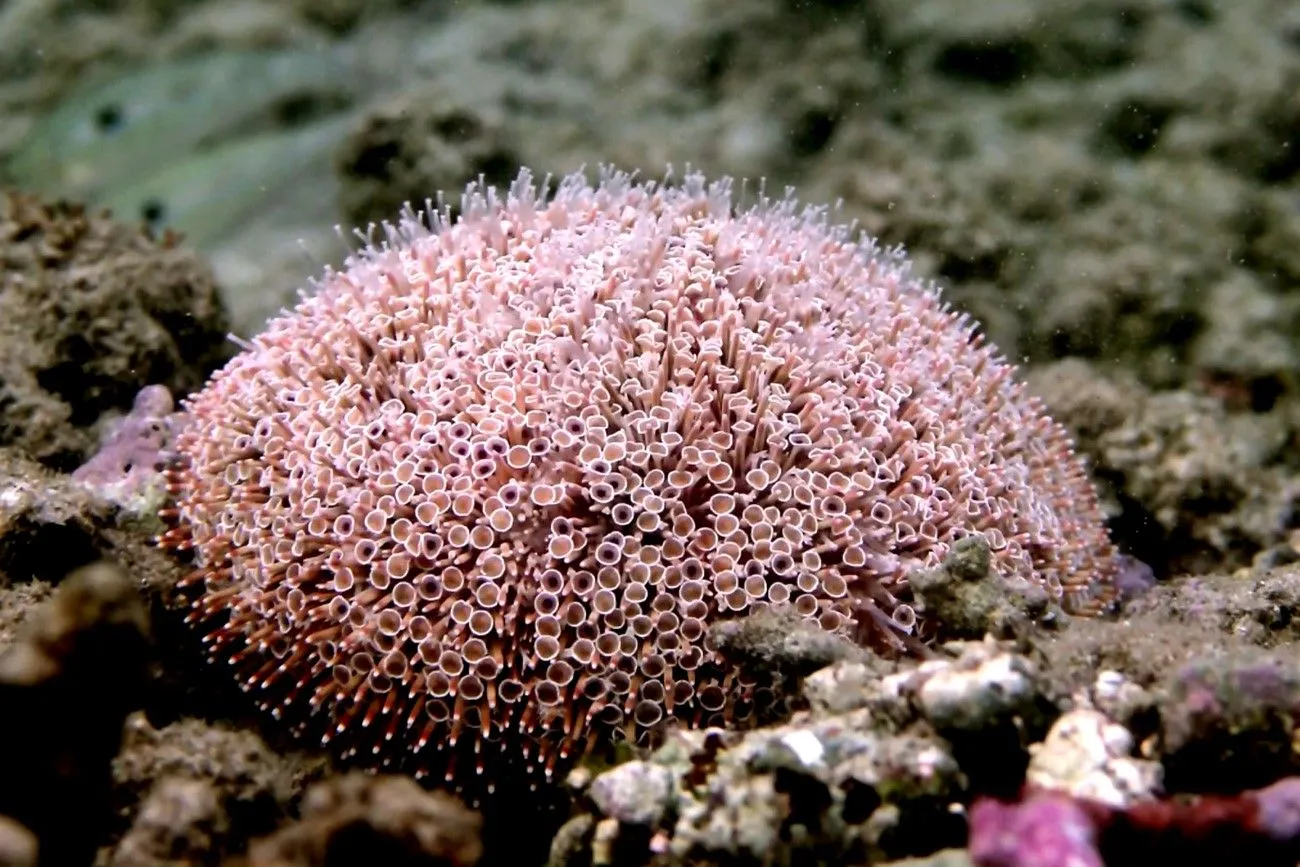 @Flower Urchin facts: don't smell these flowers! | Animal Fact Files/Animal Fact Files/YouTube.com
@Flower Urchin facts: don't smell these flowers! | Animal Fact Files/Animal Fact Files/YouTube.com
Tsetse Fly
The Tsetse Fly, a sizable insect found throughout tropical Africa, sustains itself by biting and feeding on the blood of other animals. While the fly's bite itself may not be particularly painful, the real danger lies in the parasite it carries and transmits. The Tsetse Fly spreads a parasite called Trypanosomes, which is the direct cause of African Sleeping Sickness. Initial symptoms of the sickness include fevers, headaches, itchiness, and joint pains. As time progresses, the symptoms worsen, potentially leading to severe complications and, in some cases, death.
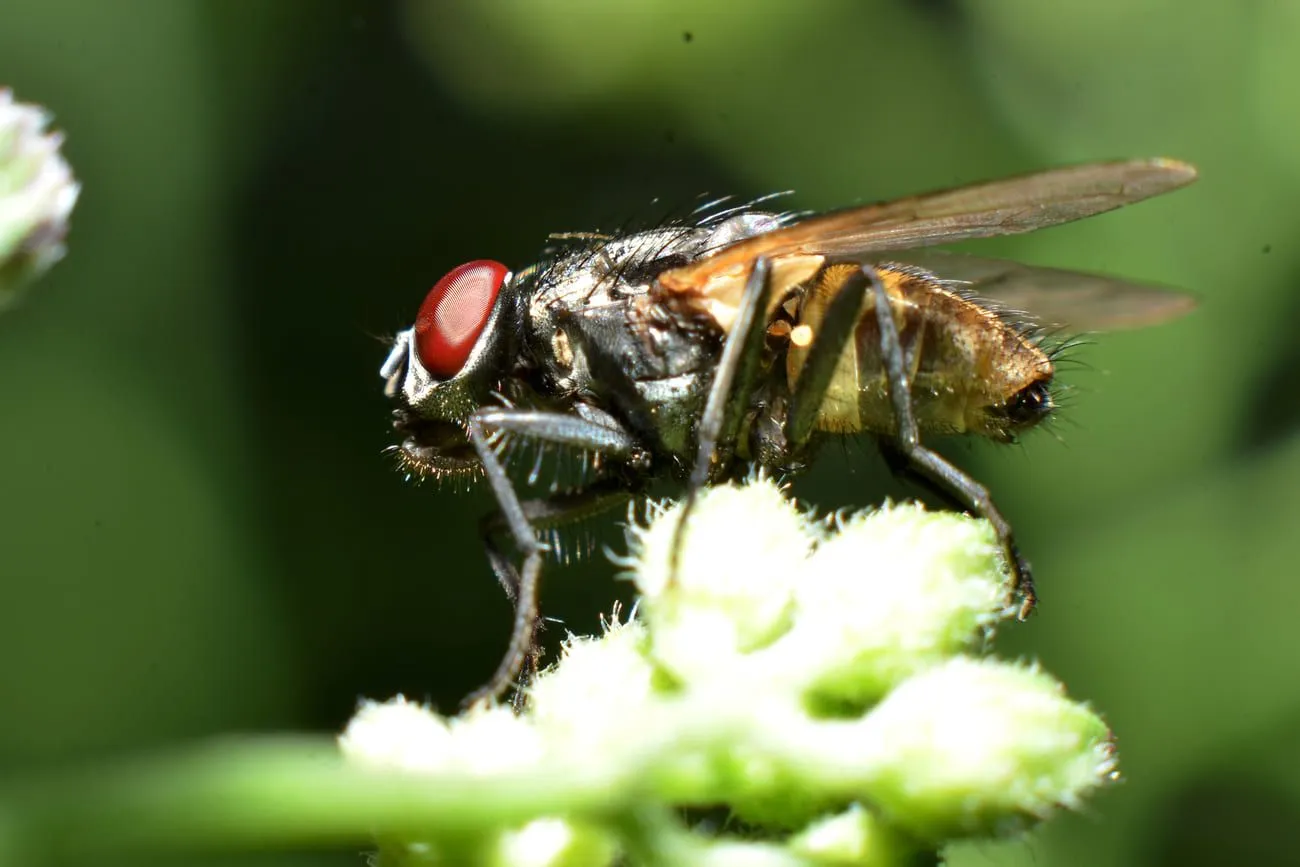
Piranha
The Piranha, a freshwater fish indigenous to South American rivers, is recognized for its sharp teeth and remarkably powerful jaws. This fish is regarded as a potential danger to humans, as evidenced by approximately 100 reported injuries caused by Piranha bites in 2011. Studies suggest that Piranha attacks are more prevalent during the dry season when food sources are scarce and water levels are lower. Typically, these fish target the arms and legs of their victims. It is worth noting that splashing or erratic movements can potentially provoke Piranhas to attack and bite.
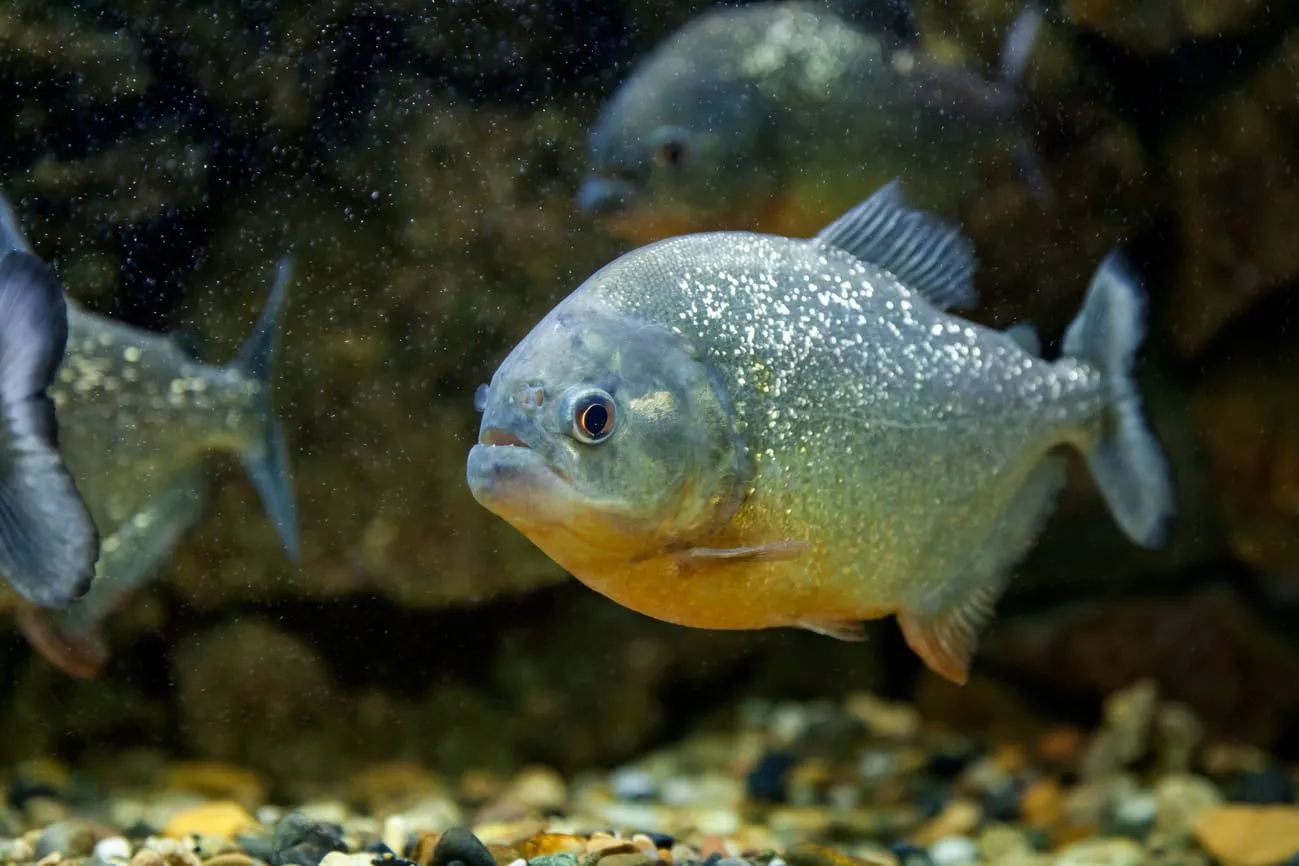
Spectacled Caiman
The Spectacled Caiman, a crocodile species, inhabits regions of Southern and Central America. It demonstrates exceptional adaptability, allowing it to survive in both freshwater and saltwater environments. With its razor-sharp teeth, the Caiman poses a potential threat to humans. Its diet primarily consists of smaller fish species. Unfortunately, the Caiman faces extensive hunting due to the value of its skin and meat. While it is not currently classified as endangered, there exists a risk of this status changing in the future.
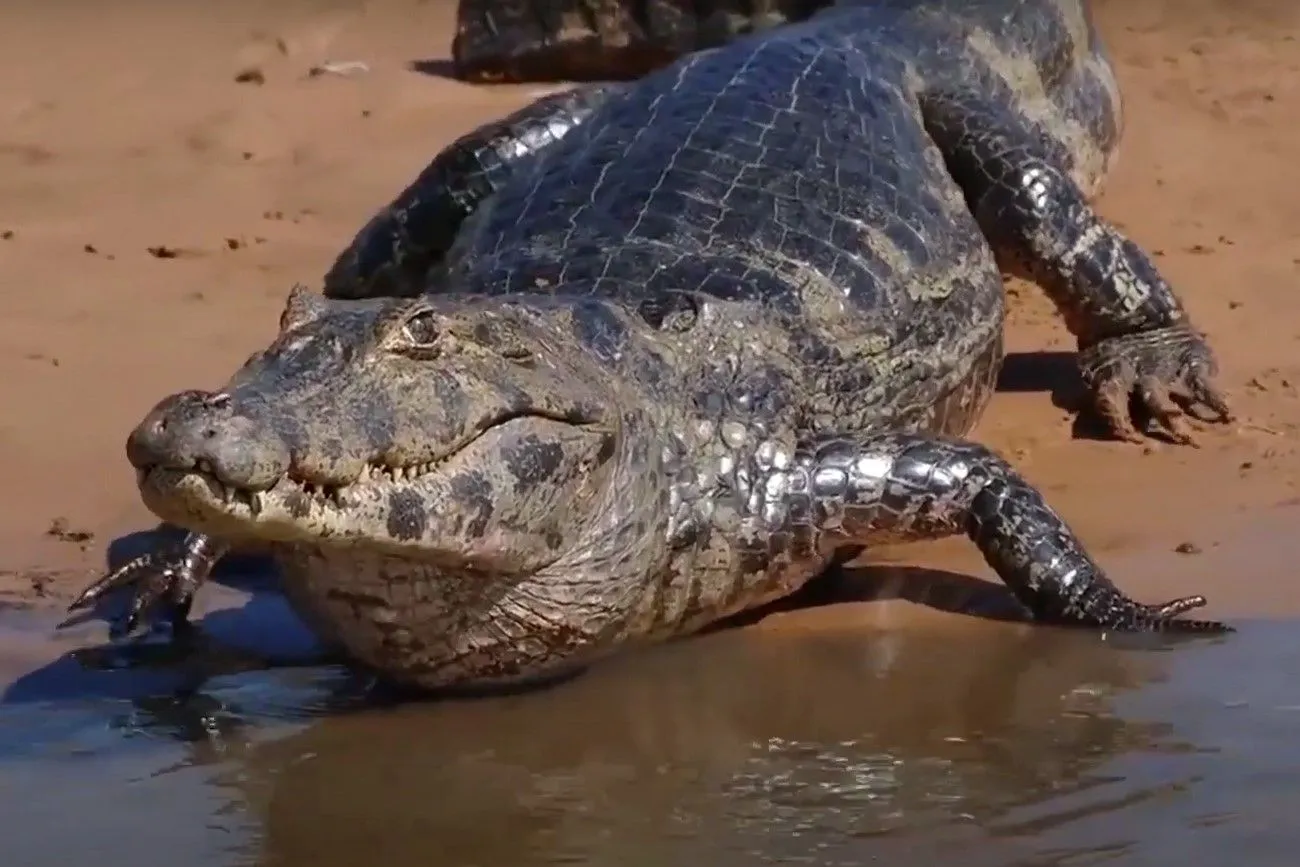 @Caiman facts: discussing the crocodilians | Animal Fact Files/Animal Fact Files/YouTube.com
@Caiman facts: discussing the crocodilians | Animal Fact Files/Animal Fact Files/YouTube.com
Boomslang
The Boomslang, another notable snake on our list, is both venomous and dangerous to humans if bitten. However, this particular snake is only found in Sub-Saharan Africa. In 1957, Karl Schmidt tragically underestimated the potency of the snake's venom and succumbed to its effects. Since that incident, no other fatalities caused by the Boomslang have been recorded. It is worth mentioning that Boomslang skin holds significance for fans of the Harry Potter series, as it is used as an ingredient in the making of Polyjuice Potion.
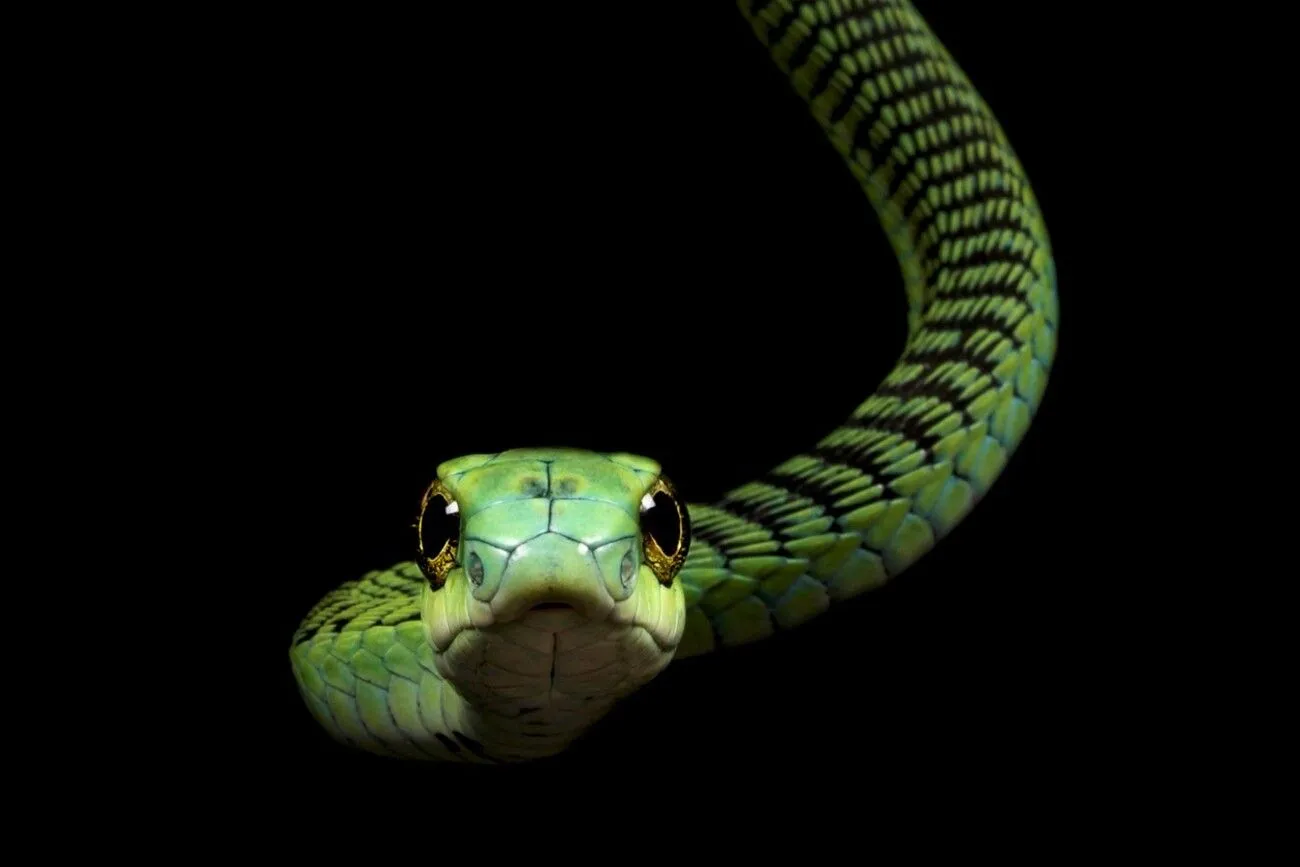
Puffer Fish
The pufferfish is thought to be the most dangerous vertebrate in the world and is highly toxic. A Pufferfish attack on a person can be lethal if it is not handled properly. The poison can immobilize a person and prevent breathing. Pufferfish can frequently be eaten by accident, particularly in nations like Thailand and the Philippines. The upper and bottom plates of the pufferfish's four big teeth are fused together. Some pufferfish can grow to a length of 100 cm.
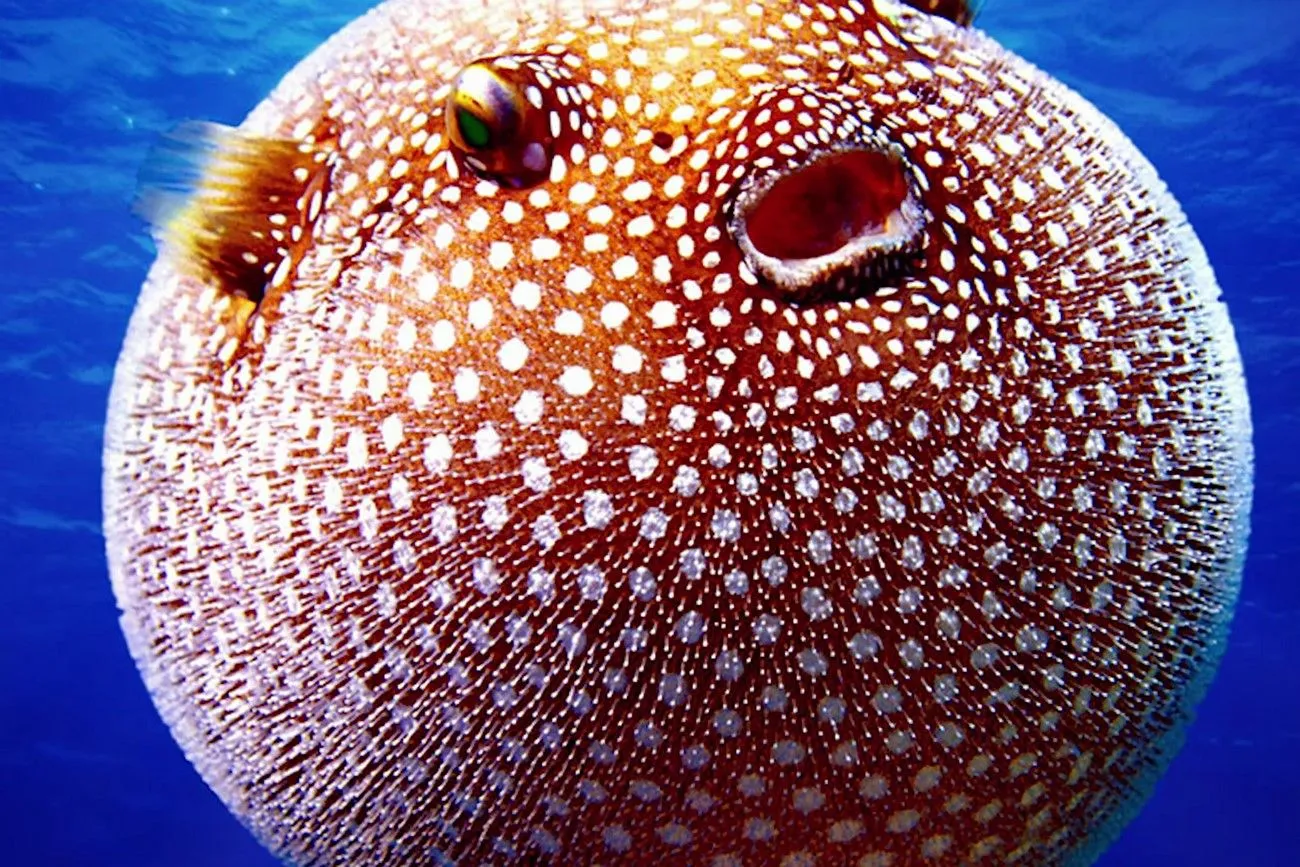 @What is a Puffer Fish? - 10 Amazing PufferFish Facts!/Learn about Animals/YouTube.com
@What is a Puffer Fish? - 10 Amazing PufferFish Facts!/Learn about Animals/YouTube.com
Vultures
There are two distinct types of Vultures, and they are equally formidable in their own right. These birds can be encountered in Africa, Asia, and Europe. Vultures are known for their lethal nature, as they possess the ability to tear apart anything that obstructs their path. They are widely recognized as deadly scavengers; however, instances of vulture attacks on humans are relatively uncommon. As long as humans refrain from provoking them, these birds generally steer clear of human interaction. In fact, they can even exhibit a shy demeanor on certain occasions. It is advisable to maintain a safe distance from vultures, just to err on the side of caution.
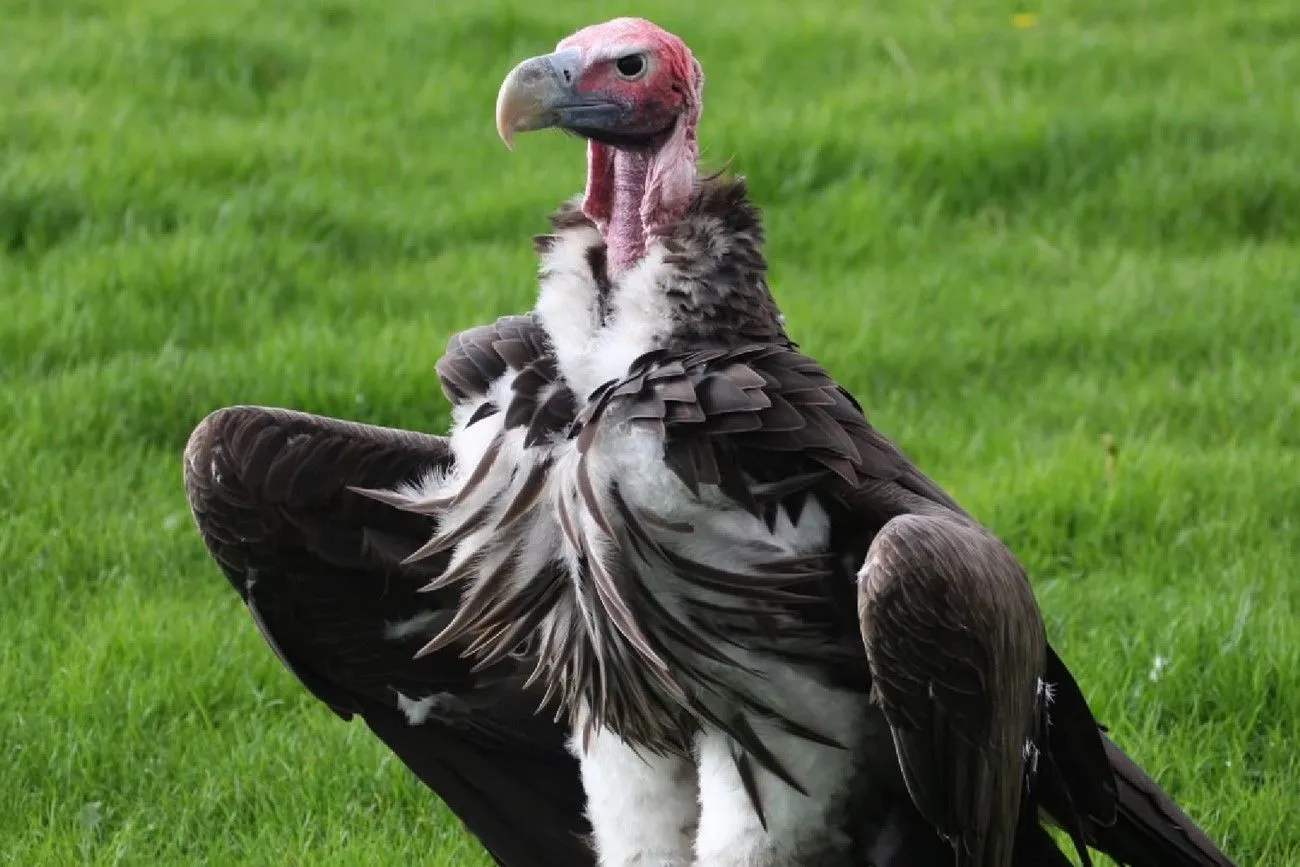 @Vulture Sounds and Pictures/ESL and Popular Culture/YouTube.com
@Vulture Sounds and Pictures/ESL and Popular Culture/YouTube.com
Yellow Anaconda
The yellow anaconda is one of the largest snakes in the world, although not as massive as its relative, the green anaconda. The yellow anaconda will blend in with its surroundings as it pursues its prey. It will locate its prey by smelling and tasting it using its forked tongue. The anaconda will eventually seize its prey, and it won't take long for it to wring every last drop of life from it.
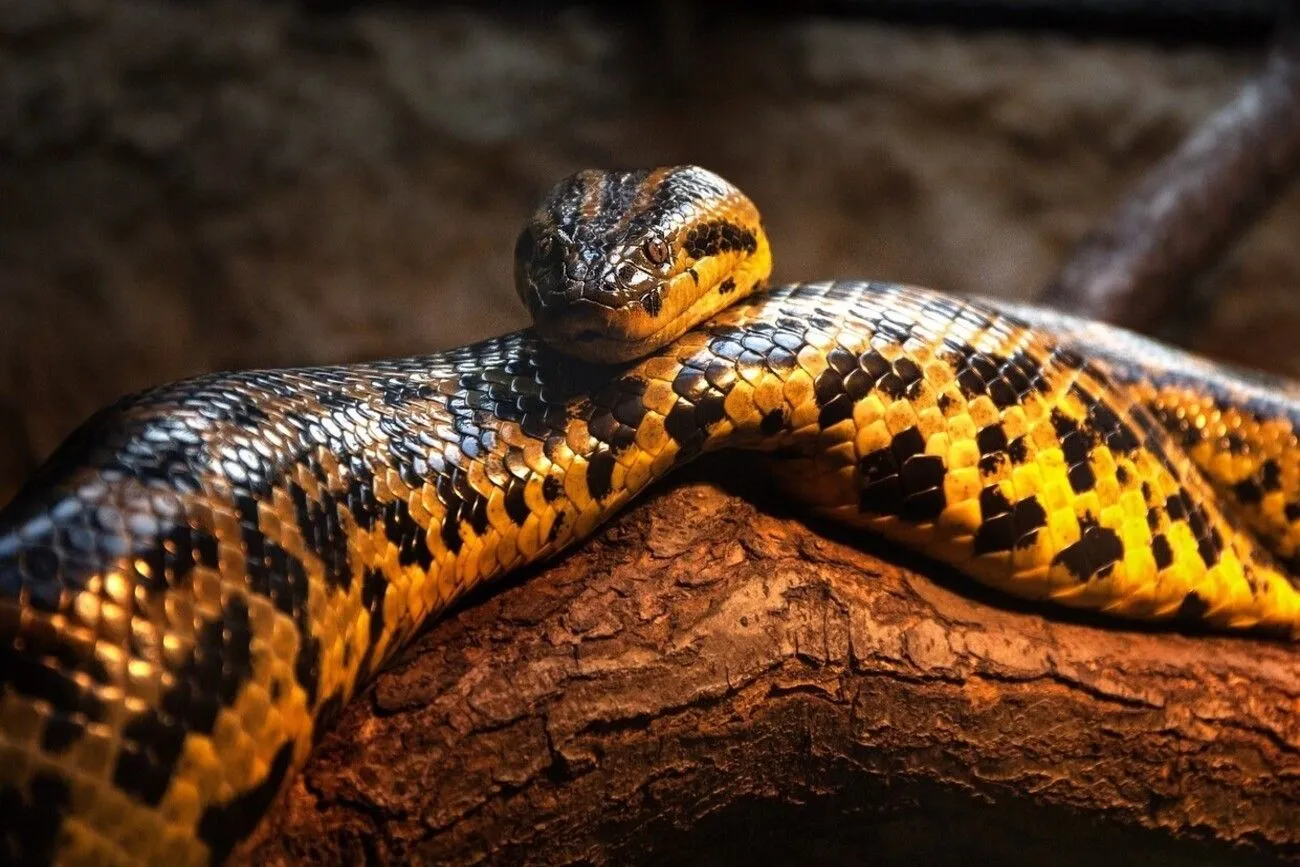
Komodo Dragon
The Komodo Dragon doesn't give its supper preferences much thought. The reptile has been observed eating a variety of things, including humans and buffalos as well as birds and other animals. They are expert hunters with the ability to sneak up on their prey. They will rip out the victim's throat when the time is right, then wait for it to bleed to death. Though they consume a variety of foods, Komodo dragons only require food once per month.
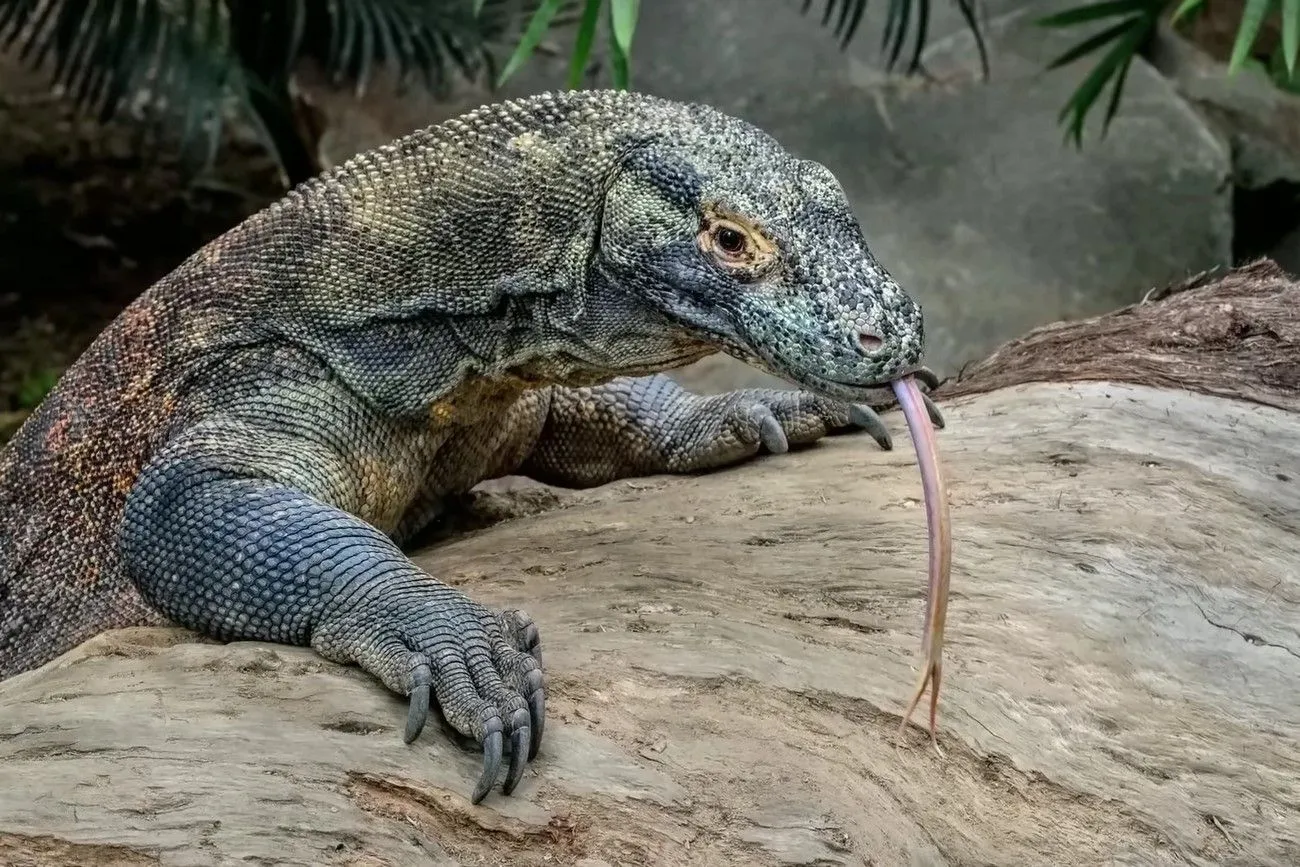 @TIGER VS KOMODO DRAGON - Who Would Win a Fight?/WildCiencias/YouTube.com
@TIGER VS KOMODO DRAGON - Who Would Win a Fight?/WildCiencias/YouTube.com
Saltwater Crocodiles
It may come as a surprise, but crocodiles pose a greater threat to humans than sharks do. In particular, one should exercise caution around the Saltwater Crocodile. These predators possess a formidable set of attributes that work to their advantage. Saltwater crocodiles are remarkably large, capable of reaching lengths of up to 23 feet and weighing over a ton. They are also incredibly swift and excel at ambushing their prey. Their modus operandi involves drowning their victims and subsequently consuming them whole. Despite their name, Saltwater crocodiles can navigate both salt and freshwater environments with ease.
 @Saltwater Crocodile - The Largest Reptile In The World / Documentary (English/HD)/Jinzo X/YouTube.com
@Saltwater Crocodile - The Largest Reptile In The World / Documentary (English/HD)/Jinzo X/YouTube.com
Brazilian Wandering Spider
The records have literally been smashed by this spider. The Brazilian Wandering Spider is recognized as the most venomous spider in the world by the Guinness Book of World Records. The arachnid, also called the Phoneutria Fera, received its name from its propensity to rove around aimlessly in the wild. They can virtually appear anywhere, which makes them very hazardous. They have nearly always been seen, and have been discovered in both homes and automobiles.
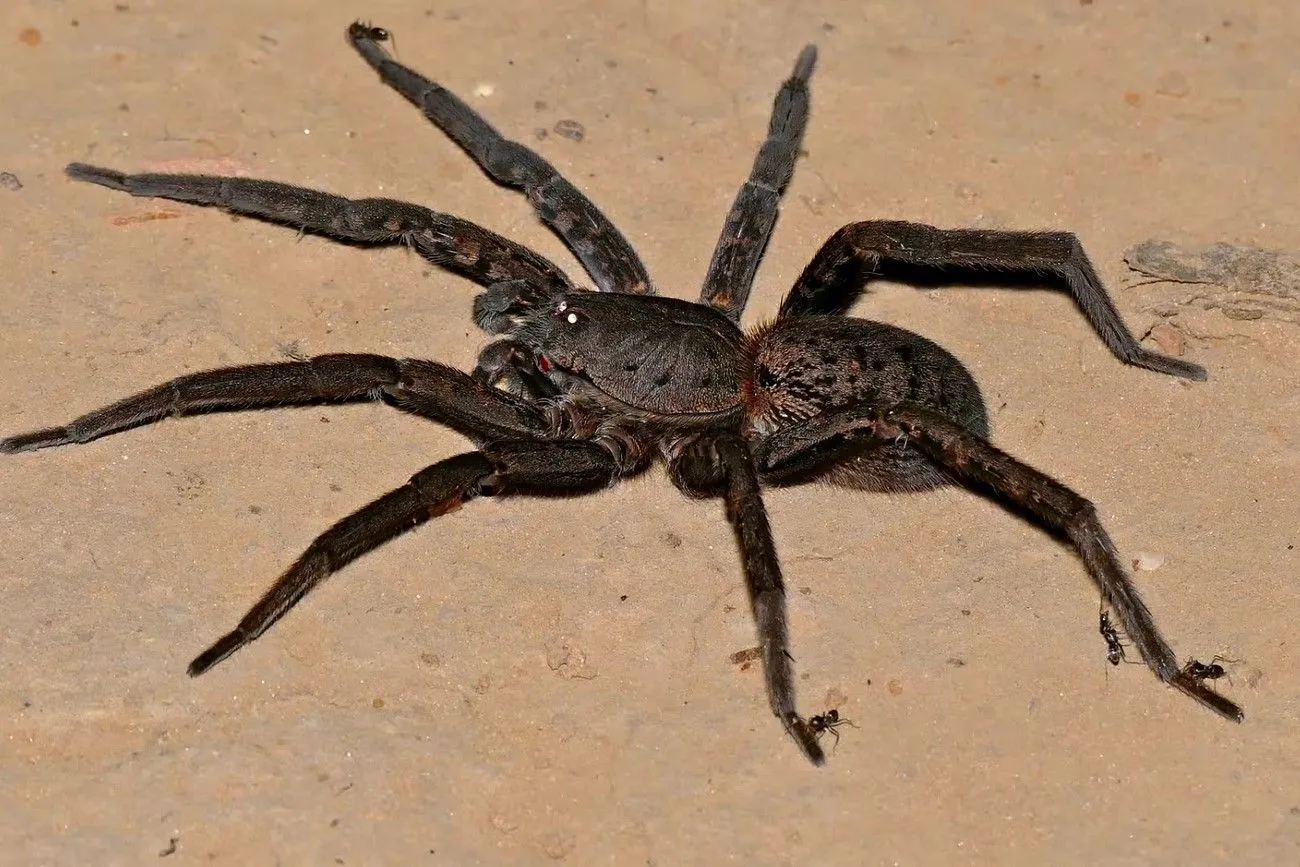 @Brazilian Wandering Spider Facts: the BANANA SPIDER 🍌🕷️ Animal Fact Files/Animal Fact Files/YouTube.com
@Brazilian Wandering Spider Facts: the BANANA SPIDER 🍌🕷️ Animal Fact Files/Animal Fact Files/YouTube.com
Chameleon
Because of their extraordinary capacity to change color in order to fit in with their surroundings, chameleons, which are mostly insectivores, are hazardous. When fighting, chameleons are feisty creatures who don't back down easy. Chameleons have a variety of weapons at their disposal, including one of the fastest, most elastic tongues in the food chain and a 360-degree field of vision. Despite the fact that they can move their eyes separately, they can focus them forward in unison if they need to focus on their target.
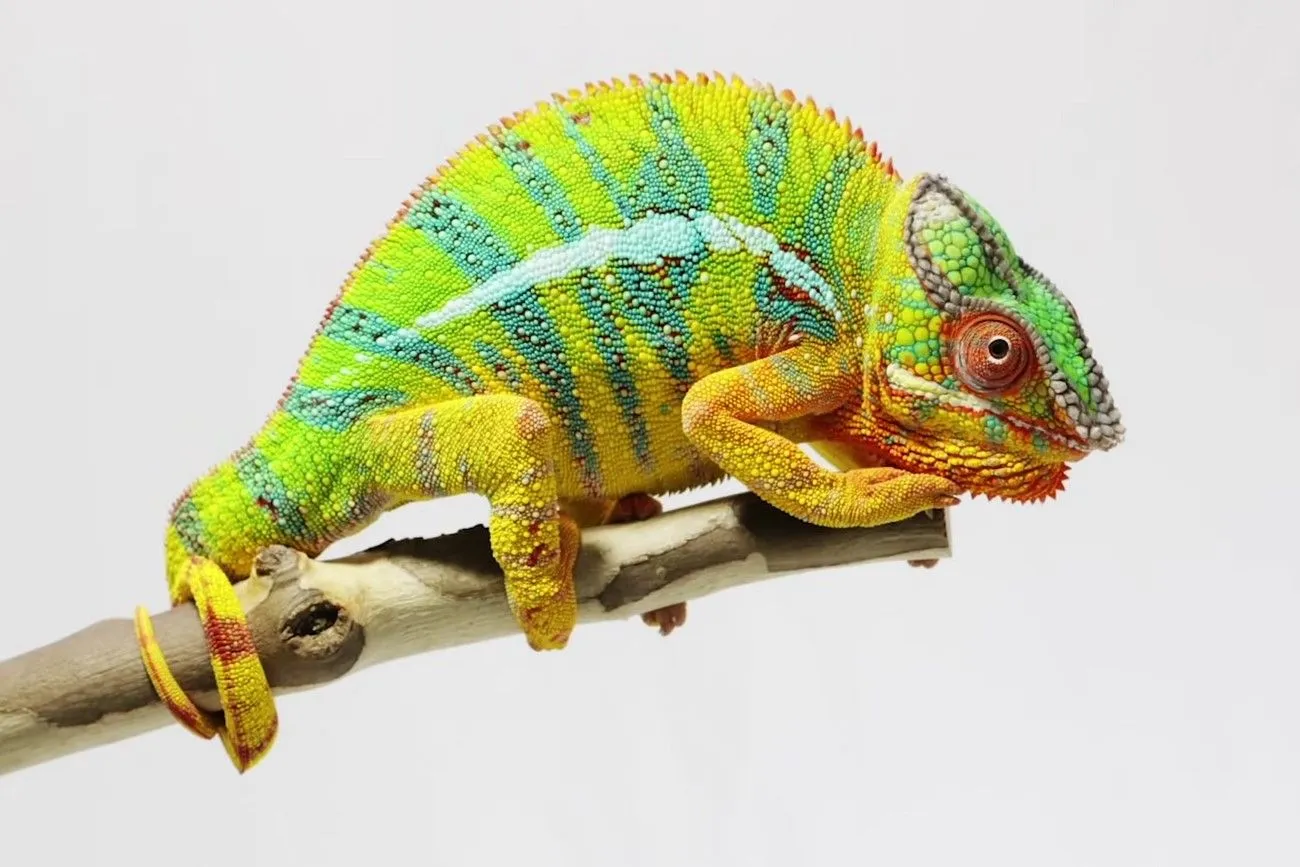 @Beautiful Footage: Chameleons Are Amazing | National Geographic/National Geographic/YouTube.com
@Beautiful Footage: Chameleons Are Amazing | National Geographic/National Geographic/YouTube.com
Rattlesnake
Any victim would have goosebumps after hearing a rattlesnake. Rattlesnakes are cunning and vicious creatures that are constantly prepared to attack if they see a helpless animal stuck nearby. Roughly speaking, rattlesnakes are the main cause of snakebite injuries in North America. However, they almost seldom bite a person unless the person feels threatened. Adult rattlesnakes, as opposed to their younger counterparts, can learn to control how much venom they inject into their prey.
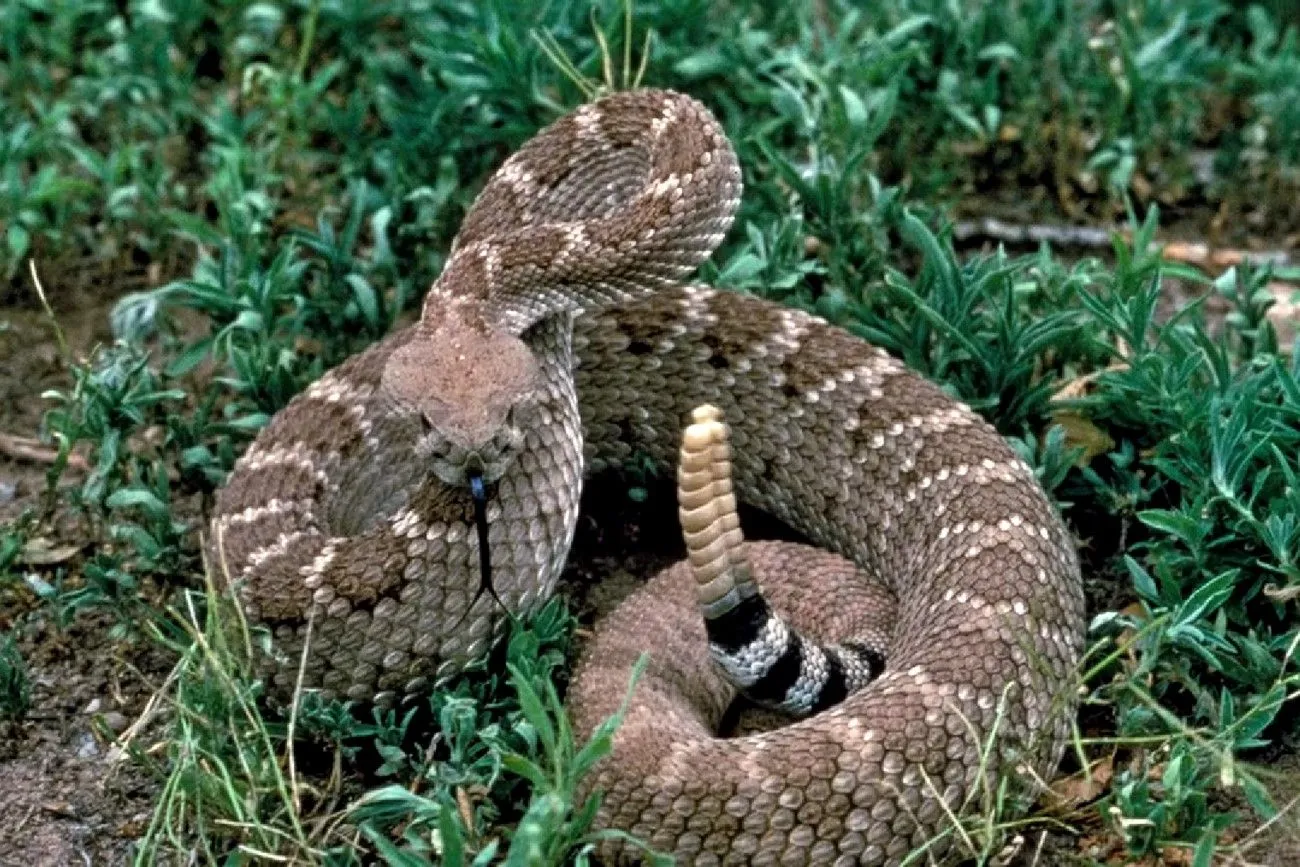 @Rattle Snake Sounds and Pictures/ESL and Popular Culture/YouTube.com
@Rattle Snake Sounds and Pictures/ESL and Popular Culture/YouTube.com
Assassin Bug
The Assassin bug is aptly named due to its deadly impact. Despite its small size, this insect is responsible for approximately 12,000 deaths annually. Curiously, the bite itself is not directly lethal. However, the true danger lies in the disease it carries and spreads. The bug harbors a parasitic infection called Chagas disease. If left untreated, the symptoms of Chagas can be fatal. Unfortunately, there is currently no vaccine available for this disease. Humans employ various methods such as sprays and paints to keep these bugs at bay and reduce the risk of transmission.
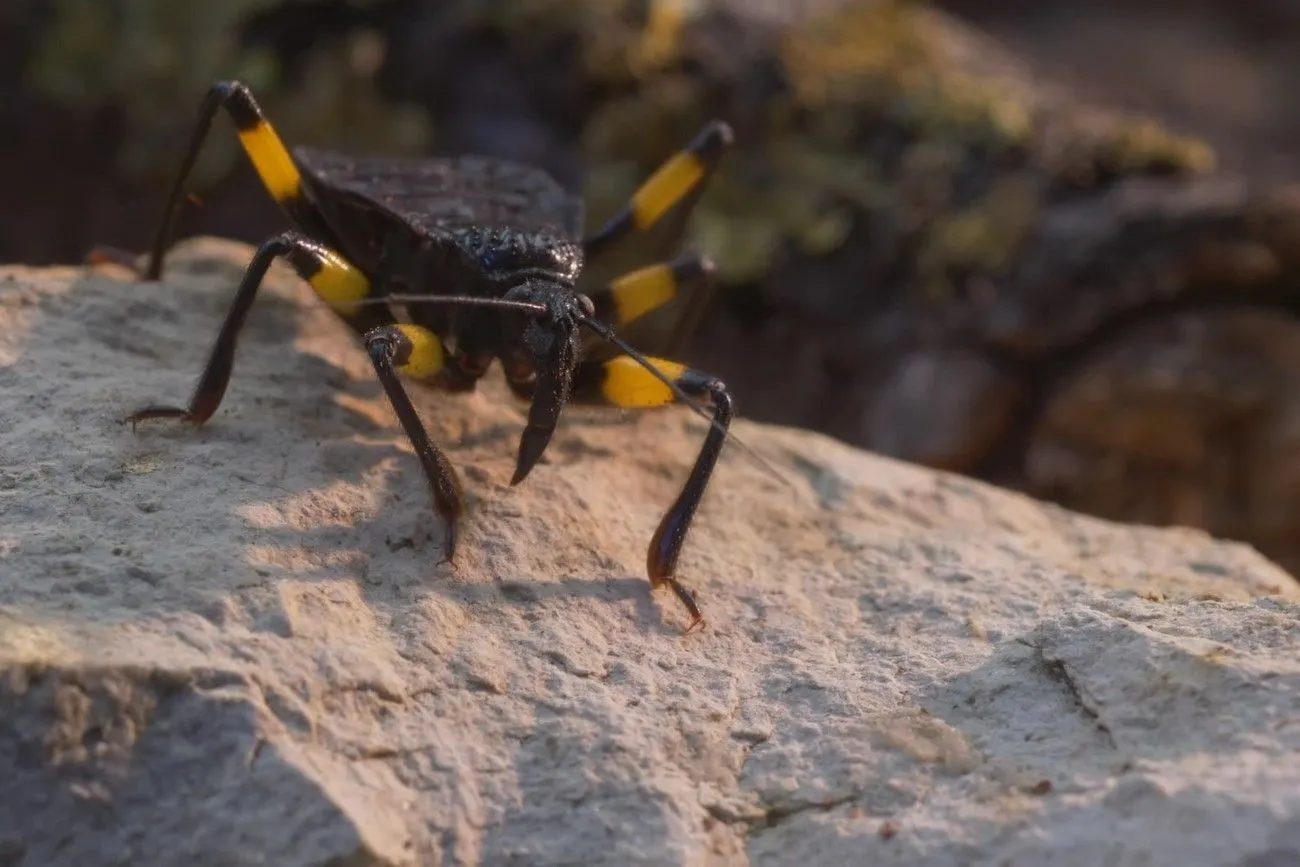 @Assassin bugs; the sweetest killers in the animal kingdom/Team Candiru/YouTube.com
@Assassin bugs; the sweetest killers in the animal kingdom/Team Candiru/YouTube.com
Tokay Gecko
The Tokay Gecko is a striking reptile with a vicious temperament. Its name is a play on the sound it makes, which is hauntingly similar to its name, "to-kay." The Tokay is noted for being aggressive against both other Tokays and outsiders because of their predisposition to be territorial. An average tokay's diet comprises of tiny animals and insects. Tokays can sever the exoskeletons of insects that live in rainforests with a powerful bite. People are put off from keeping them as pets by their powerful bite.
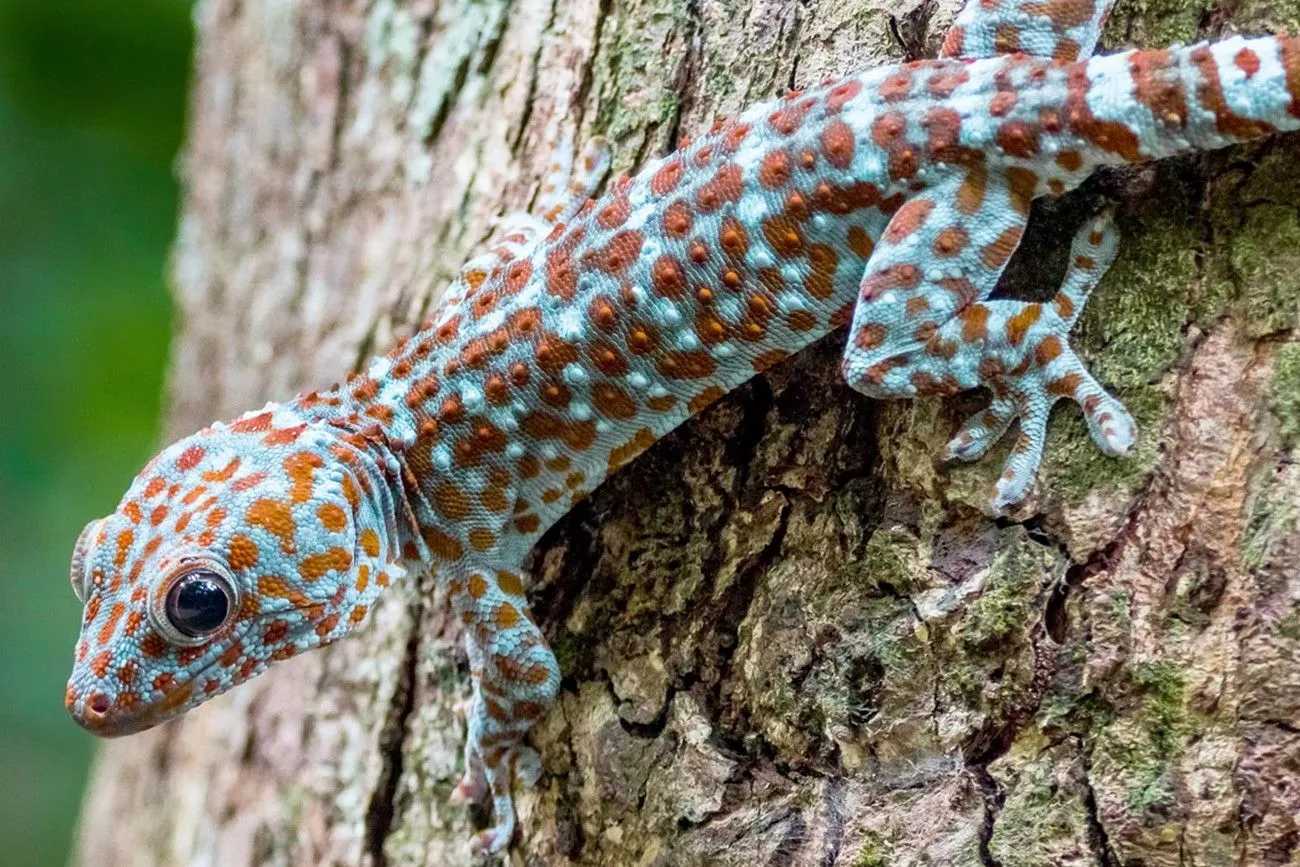 @Tokay Gecko Sounds & Call. The sound of a gecko making loud 'to-kay' calls./Wild Ambience/YouTube.com
@Tokay Gecko Sounds & Call. The sound of a gecko making loud 'to-kay' calls./Wild Ambience/YouTube.com
Moray Eel
Although they generally do not pose a threat to humans — since they live far from shores and mostly prey on other fish at night — it doesn’t mean that an unlucky diver, who would chance to encounter one, shouldn’t be worried. If a moray eel bites you, this could land you in a lot of trouble. Moray eels are poisonous. Certain proteins present in the blood have toxin-like properties that can lead to the formation of blood clots in humans.
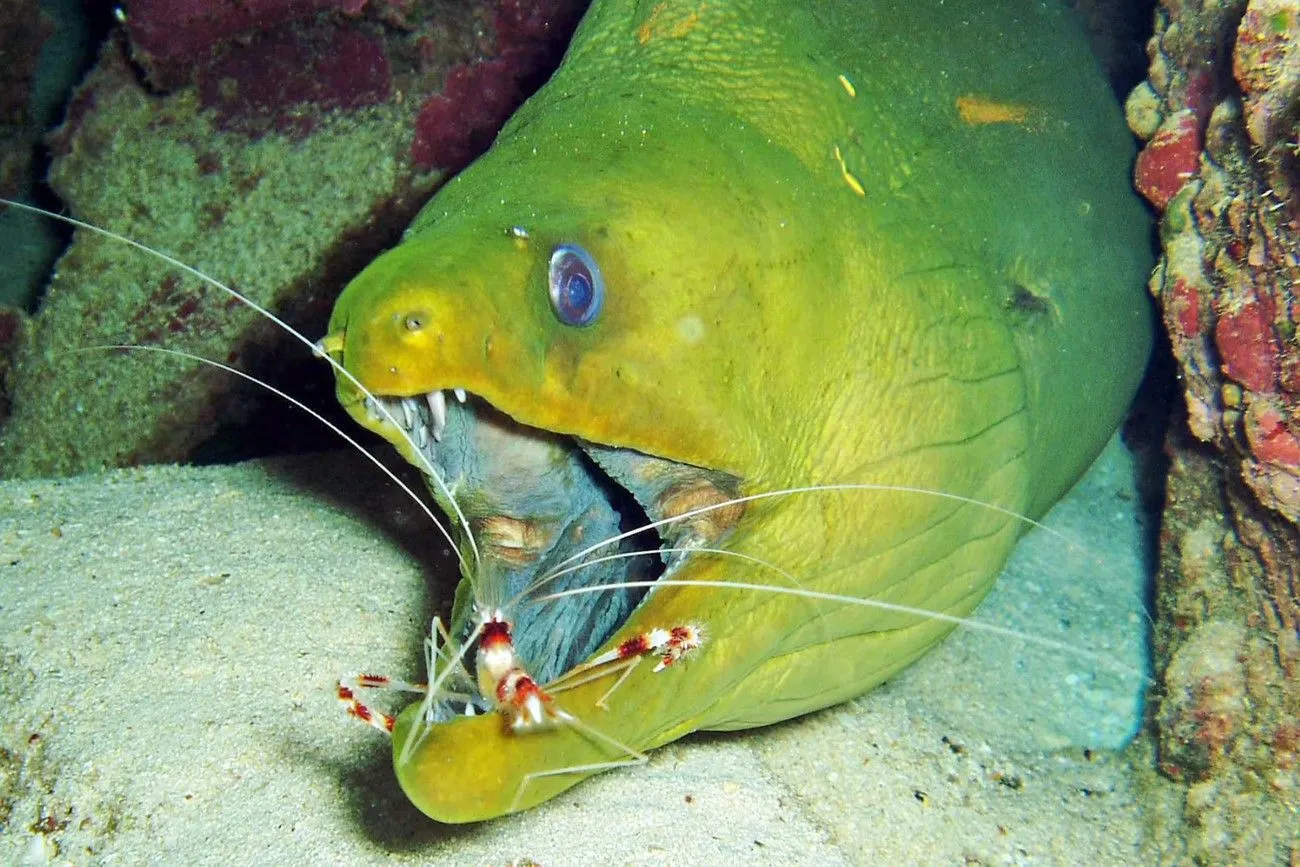 @Facts: The Green Moray Eel/Deep Marine Scenes/YouTube.com
@Facts: The Green Moray Eel/Deep Marine Scenes/YouTube.com
Cassowary
Native to the tropical jungles of Papua New Guinea, Indonesia, the Aru Islands, and Australia, the cassowary is a flightless bird. Although other members in the family are omnivores and will also eat small animals, the bird primarily eats fruit. Although they rarely pose a threat to people, these birds can be quite lethal. When aroused, they have the potential to cause great, even fatal, harm to people.
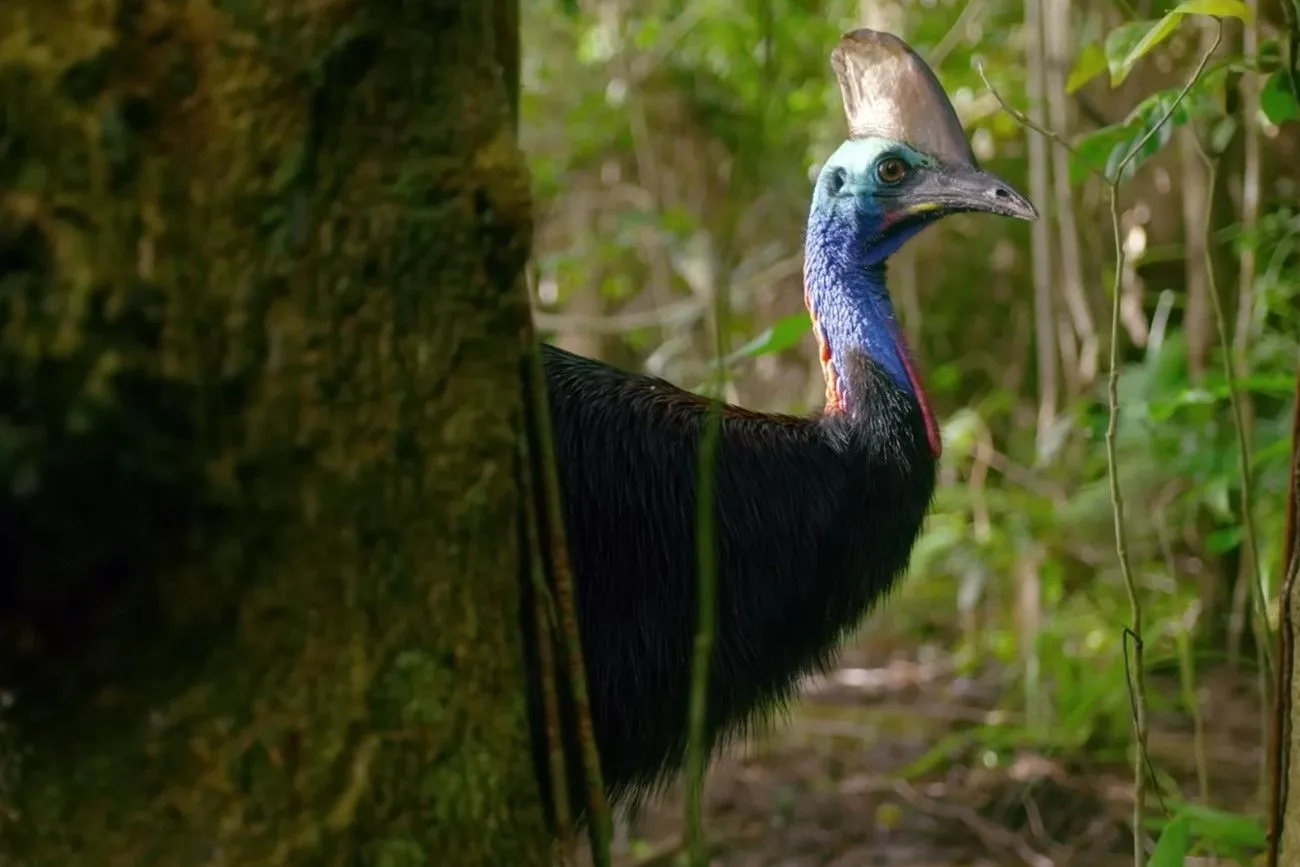 @Giant Cassowaries are Modern-day Dinosaurs | Seven Worlds, One Planet | BBC Earth/BBC Earth/YouTube.com
@Giant Cassowaries are Modern-day Dinosaurs | Seven Worlds, One Planet | BBC Earth/BBC Earth/YouTube.com
Grizzly Bear
This bear is quite common in the Northern regions of the United States and is actually a subspecies of the American Brown Bear. It goes by the name of North American Brown Bear. Without a doubt, this is an extremely deadly animal that might seriously endanger people. These bears move quickly and are armed with powerful claws and pointed fangs. Their bite, which can even destroy a bowling bowl, is what makes them truly terrifying.
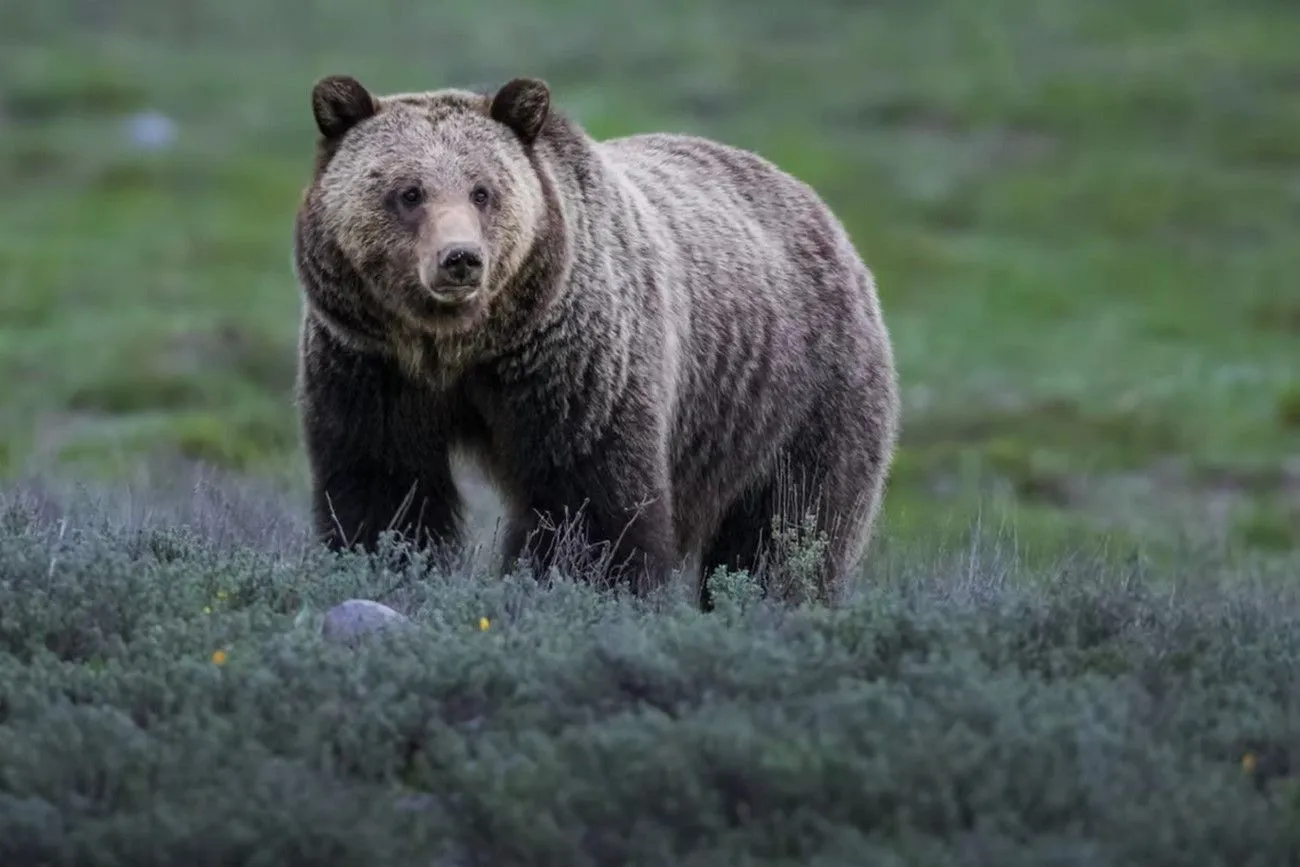 @Photographing a Grizzly Bear in a Snowstorm - Wildlife Photography in Grand Teton/Watts Wildlife/YouTube.com
@Photographing a Grizzly Bear in a Snowstorm - Wildlife Photography in Grand Teton/Watts Wildlife/YouTube.com
Fossa
The fossa, a native of Madagascar, is recognized as the biggest carnivore in that nation of southern Africa. It hunts small animals like mice as well as medium-sized ones like gray mouse lemurs and diademed sifakas and is the most feared predator on the island. Additionally, it has been observed eating wild pigs. The Fossa is characterized by several traits, including retractable claws and fangs that resemble those of a cat and can puncture the skin of most mammals.
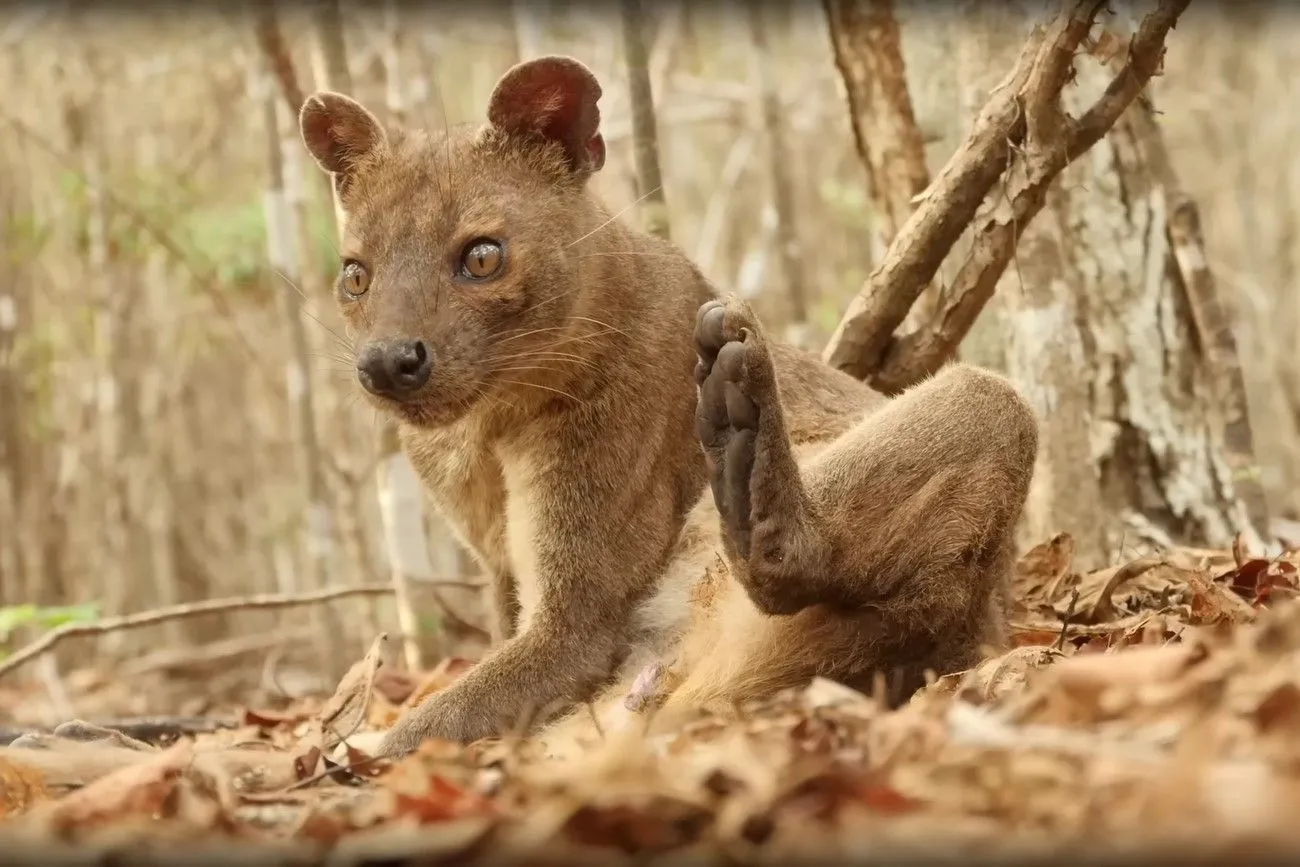 @Fossa: the King of Madagascar/Animalogic/YouTube.com
@Fossa: the King of Madagascar/Animalogic/YouTube.com
Giant Otter
The gigantic otter is extremely hazardous because of its complete lack of fear. The carnivorous mammal has the capacity to hunt both individually and cooperatively in groups. The gigantic otter is ideally suited to an amphibious existence thanks to its thick fur coat, flying tail, and webbed feet. The primary component of the animal's food is fish, which includes catfish, charachins, and other species of fish. A huge otter may consume six to nine pounds of fish per day.
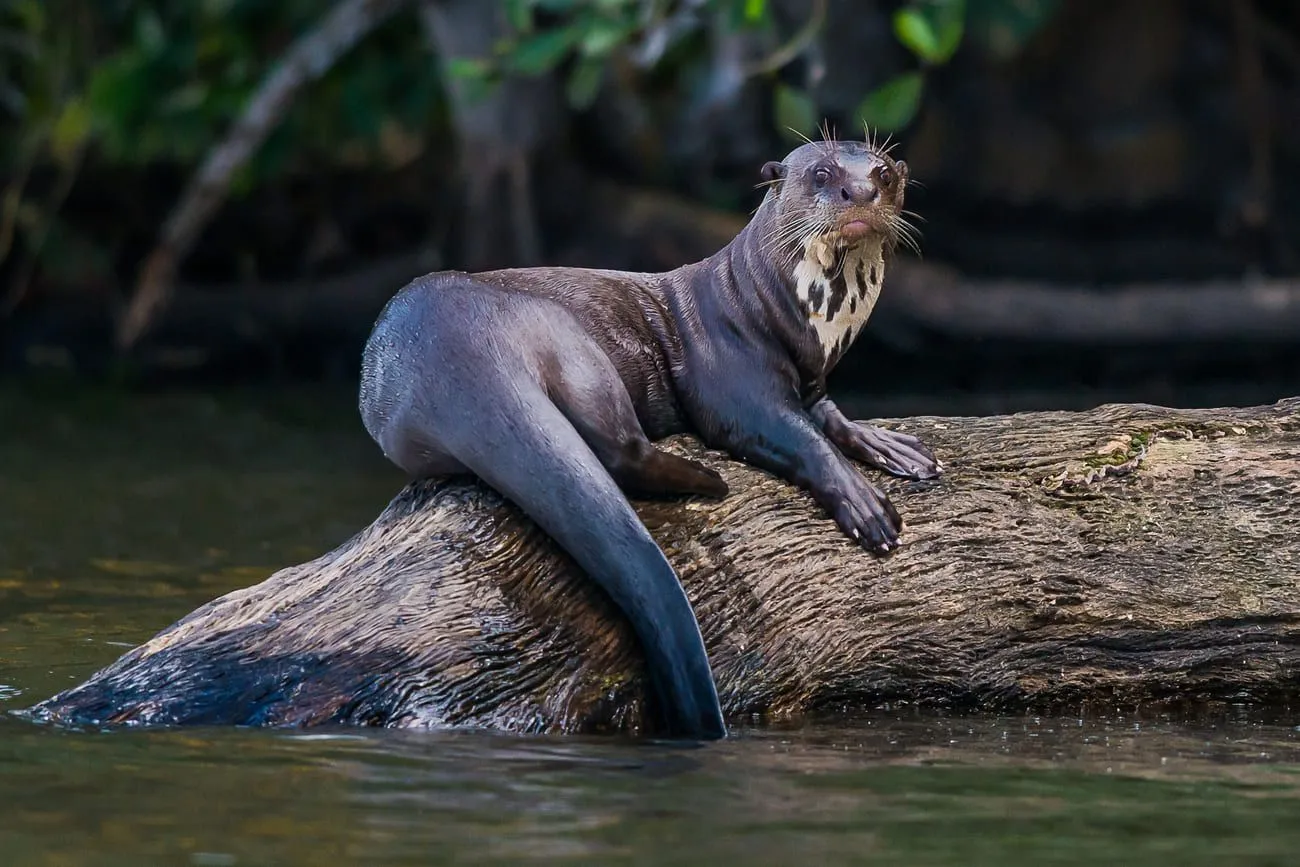
Water Monitor
The Water Monitor, a significantly sizable lizard native to Asia, possesses a reputation for being hazardous due to its remarkable capabilities in swimming, sprinting, and climbing. Notably powerful and robust, the Water Monitor poses a threat with its poisonous saliva and potentially lethal bite. Unfortunately, the species is facing the risk of endangerment as a result of hunting, primarily driven by the high value placed on its skin. However, numerous conservation initiatives have been undertaken throughout Asia to safeguard and protect the Water Monitor from further decline.
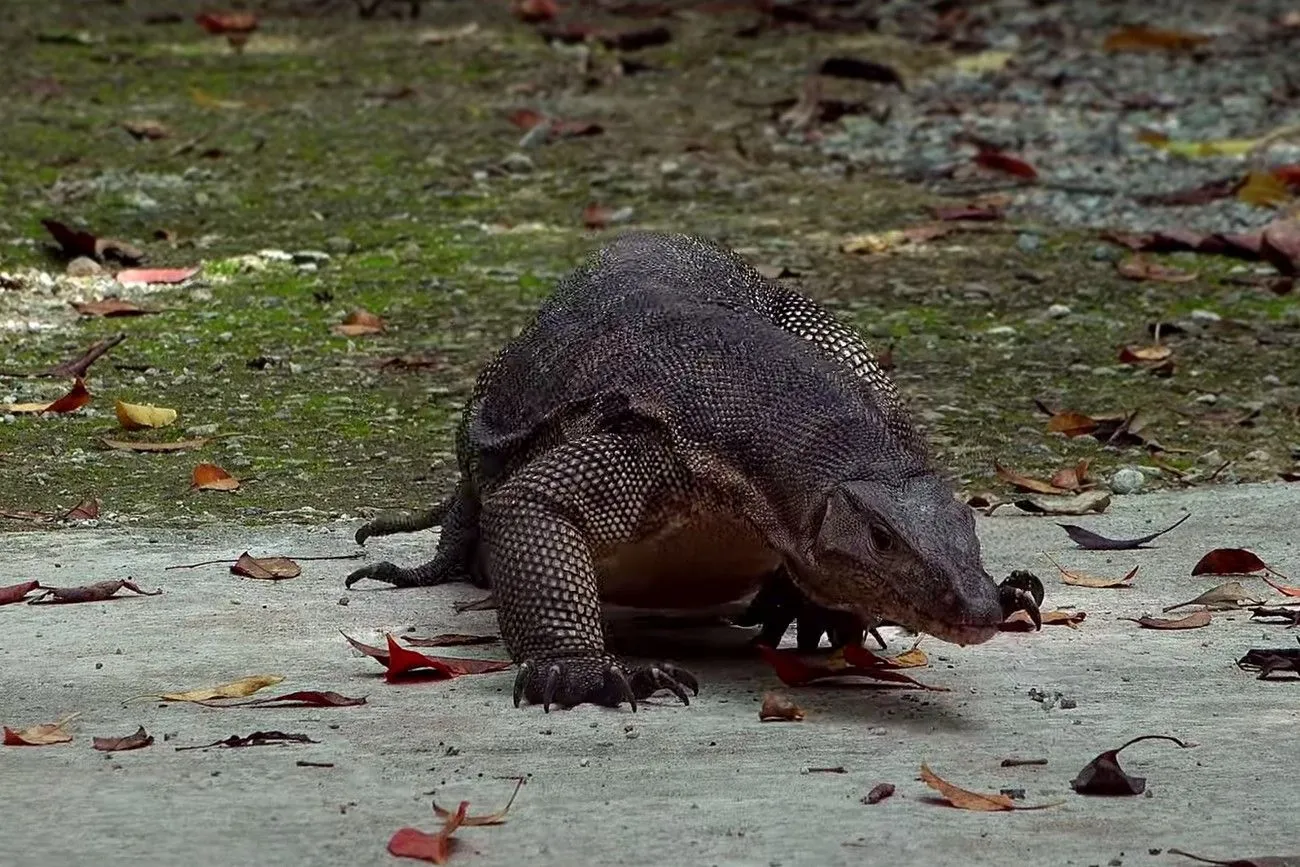 @Giant Water Monitor Lizards: Singapore Nature 2020/Christian Bassett/YouTube.com
@Giant Water Monitor Lizards: Singapore Nature 2020/Christian Bassett/YouTube.com
Stingray
Stingrays have been cruising the waters for over 100 million years, making them one of the oldest fish species. Since they mostly prey on small fish, they are generally not thought to be dangerous to people. But over time, there have only been 17 deadly cases involving stingrays and people. Unless they feel endangered, they won't purposefully assault a person. Additionally, avoid the barb (the lengthy piece of flesh that resembles a story), as it frequently carries venom.
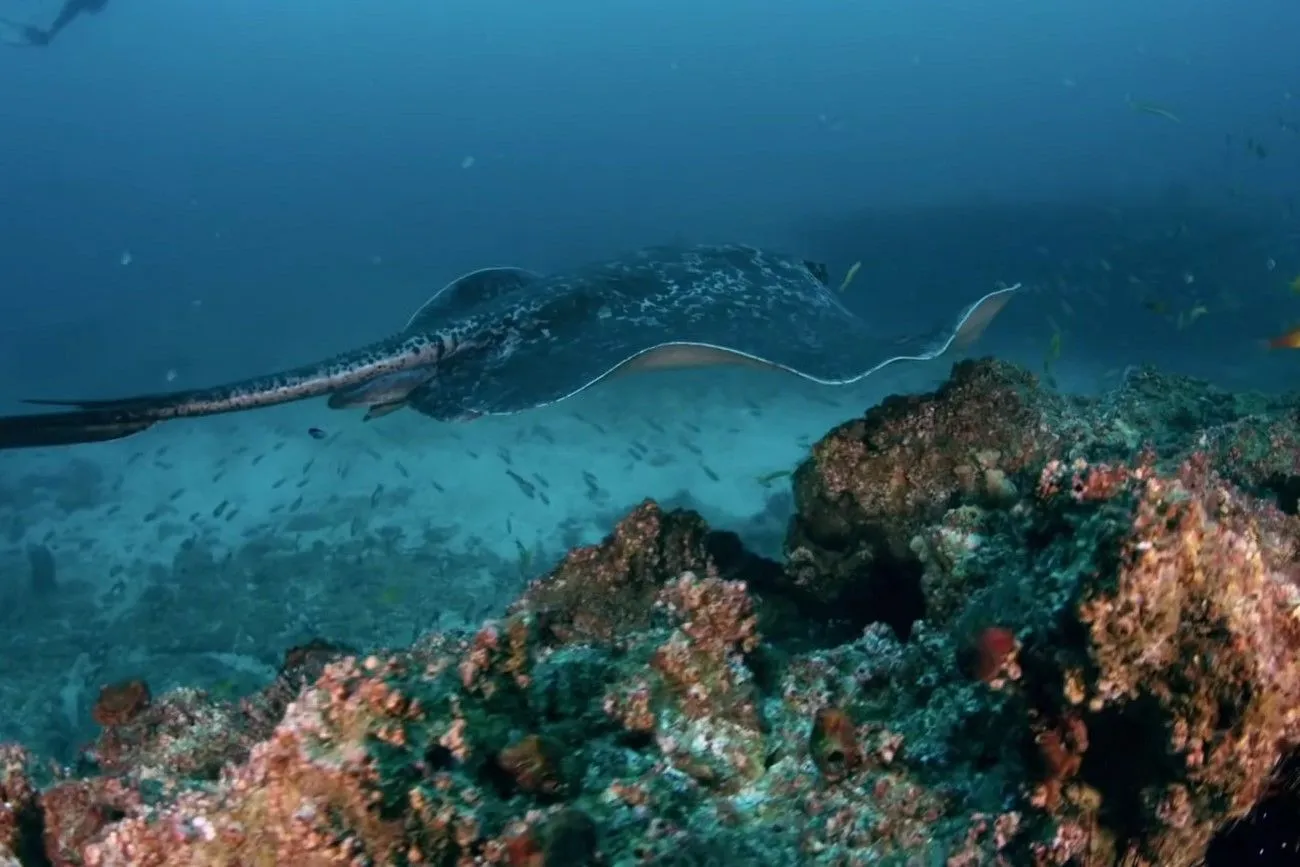 @The Stinger on This Sting Ray Can Easily Kill You | Smithsonian Channel/Smithsonian Channel/YouTube.com
@The Stinger on This Sting Ray Can Easily Kill You | Smithsonian Channel/Smithsonian Channel/YouTube.com